Post by kerouac on Aug 7, 2011 5:07:04 GMT -5
The "Paris Plages" operation that runs every year from mid July to mid August is not going to be a perpetual event. The main point of it is to close down the riverfront expressway for a month and prove that the city can live without it.
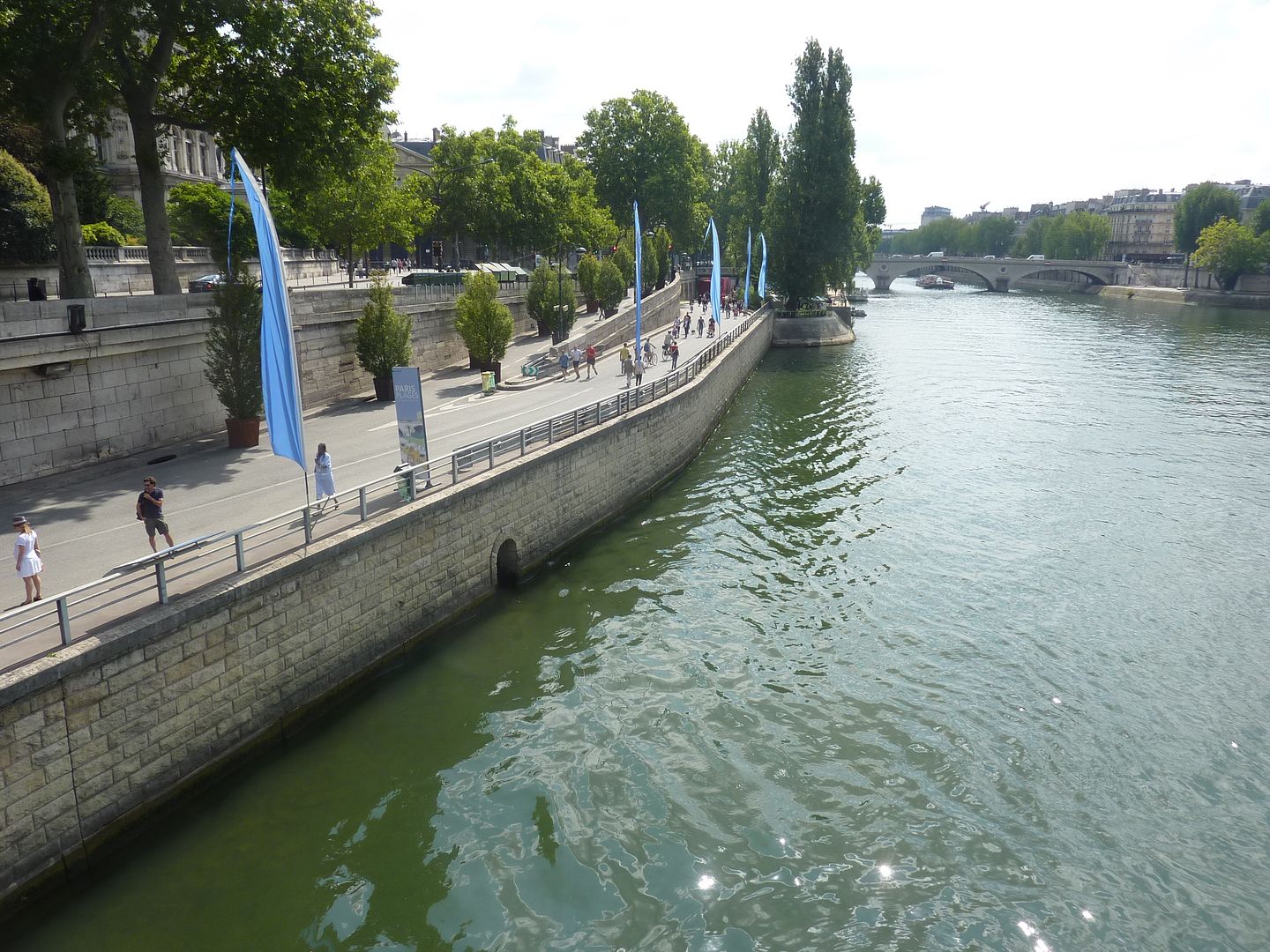
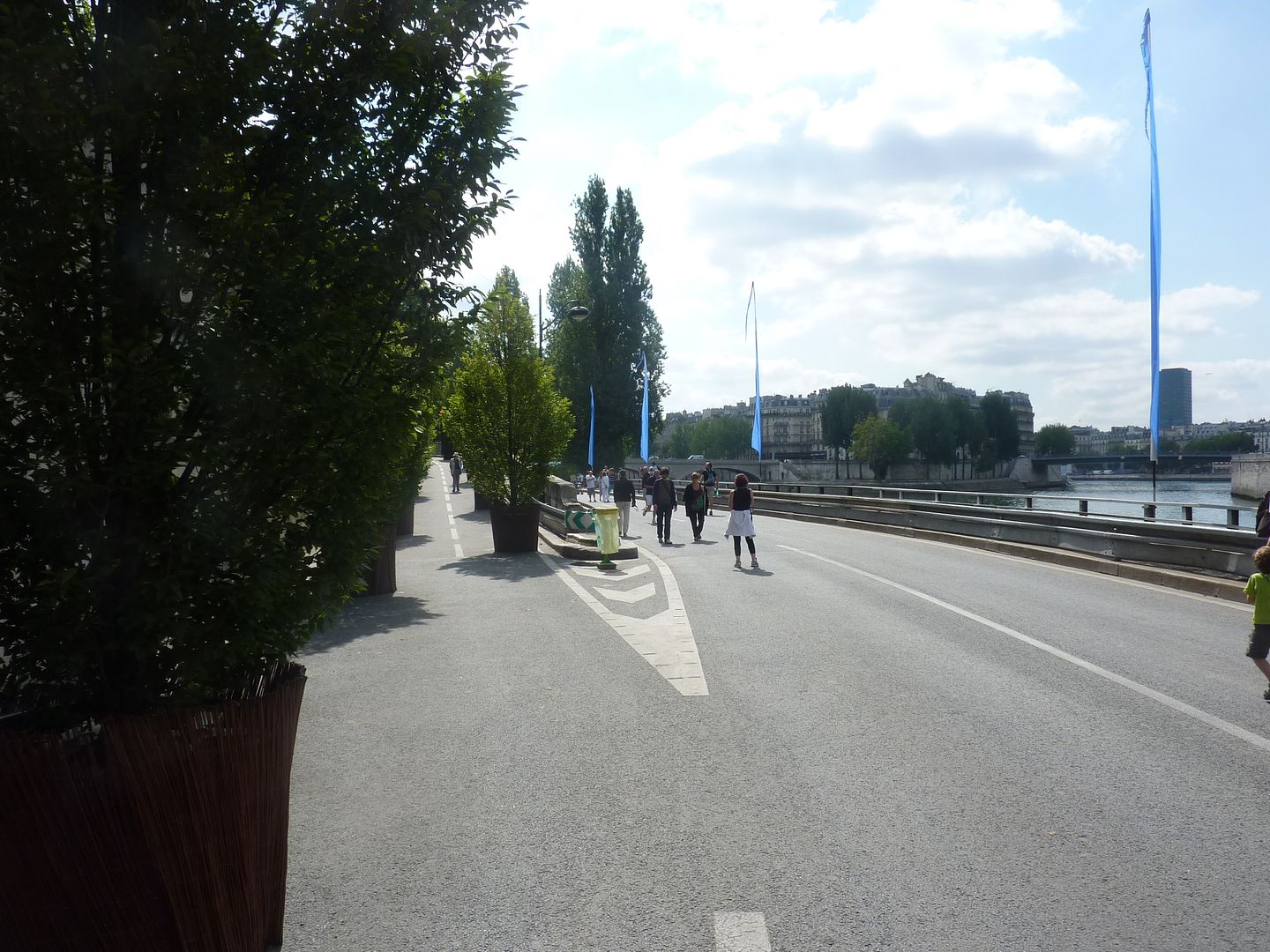
The city has finally taken the decision that in a few years, the expressways on both sides will be dismantled or radically transformed. On the Left Bank, most of it will disappear to be replaced by parks and cafés. On the Right Bank (in the photos above), it will be transformed into an urban boulevard with traffic signals and crosswalks, because there will be facilities and playgrounds along the river. The 'Batobus' service will also be transformed and extended into a real transportation line extending to the suburbs rather than the dinky overpriced tourist service currently in place.
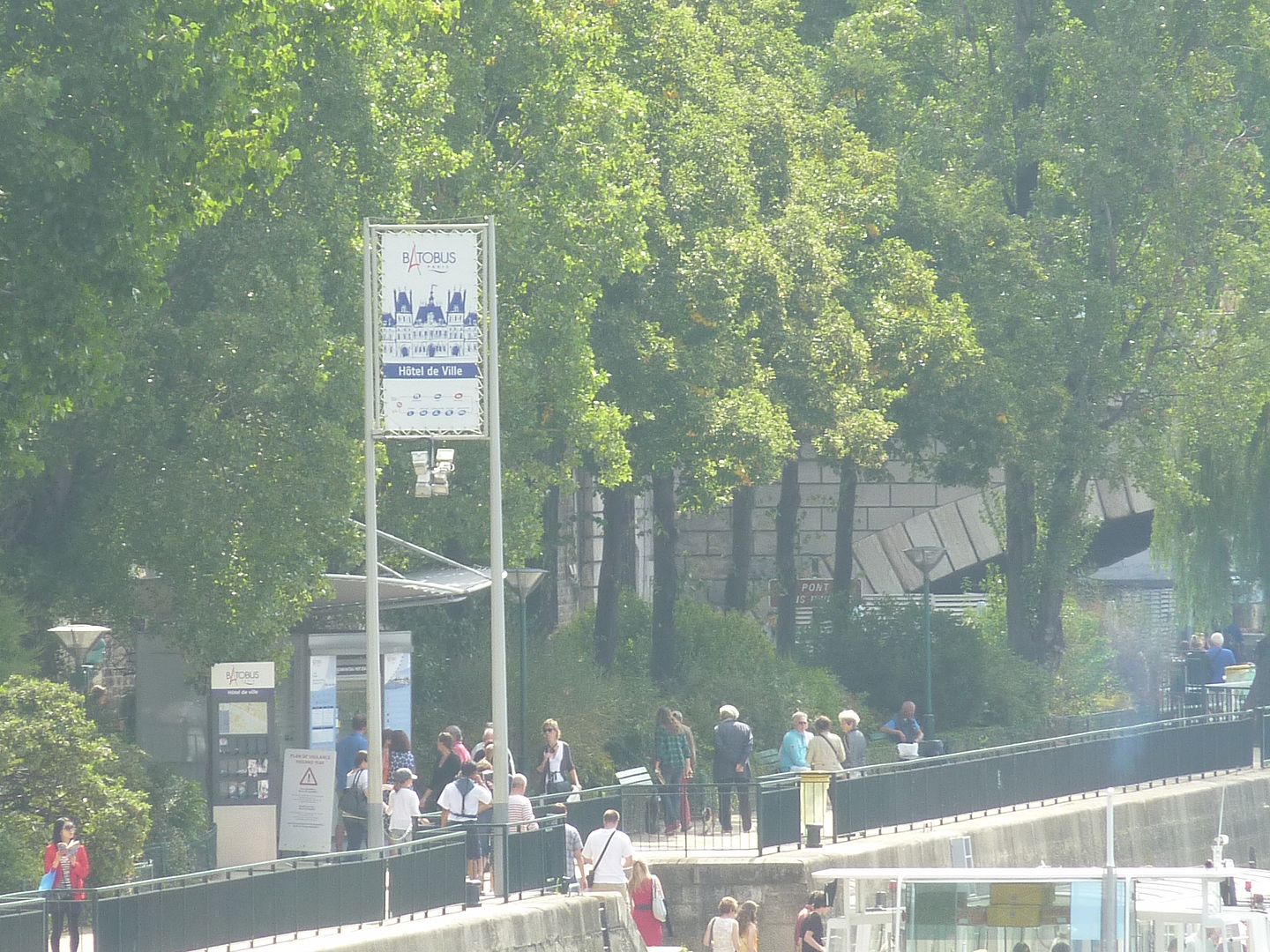
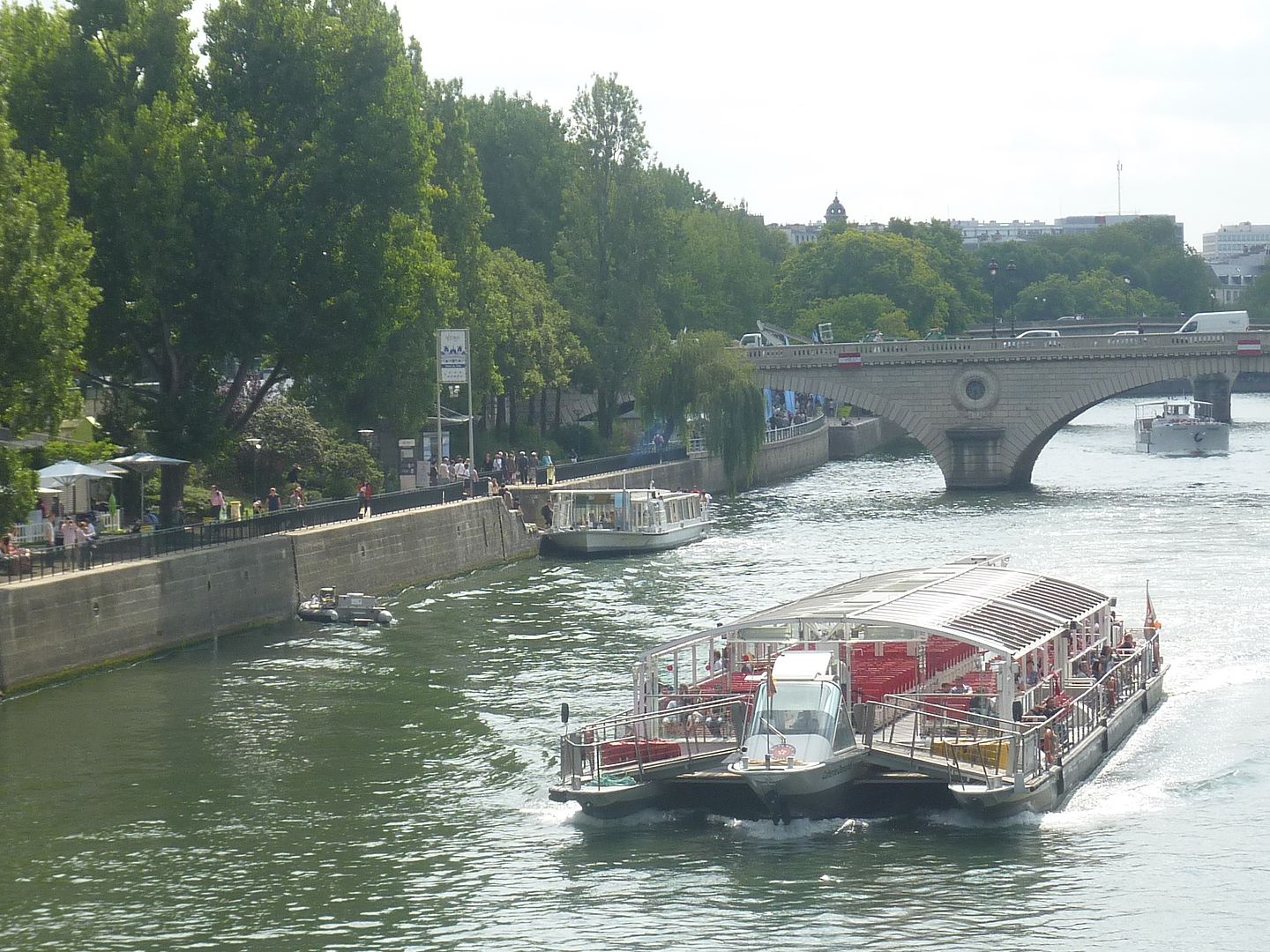
Anyway, I just checked out a very short section of Paris Plages last Sunday morning before the crowds arrived.
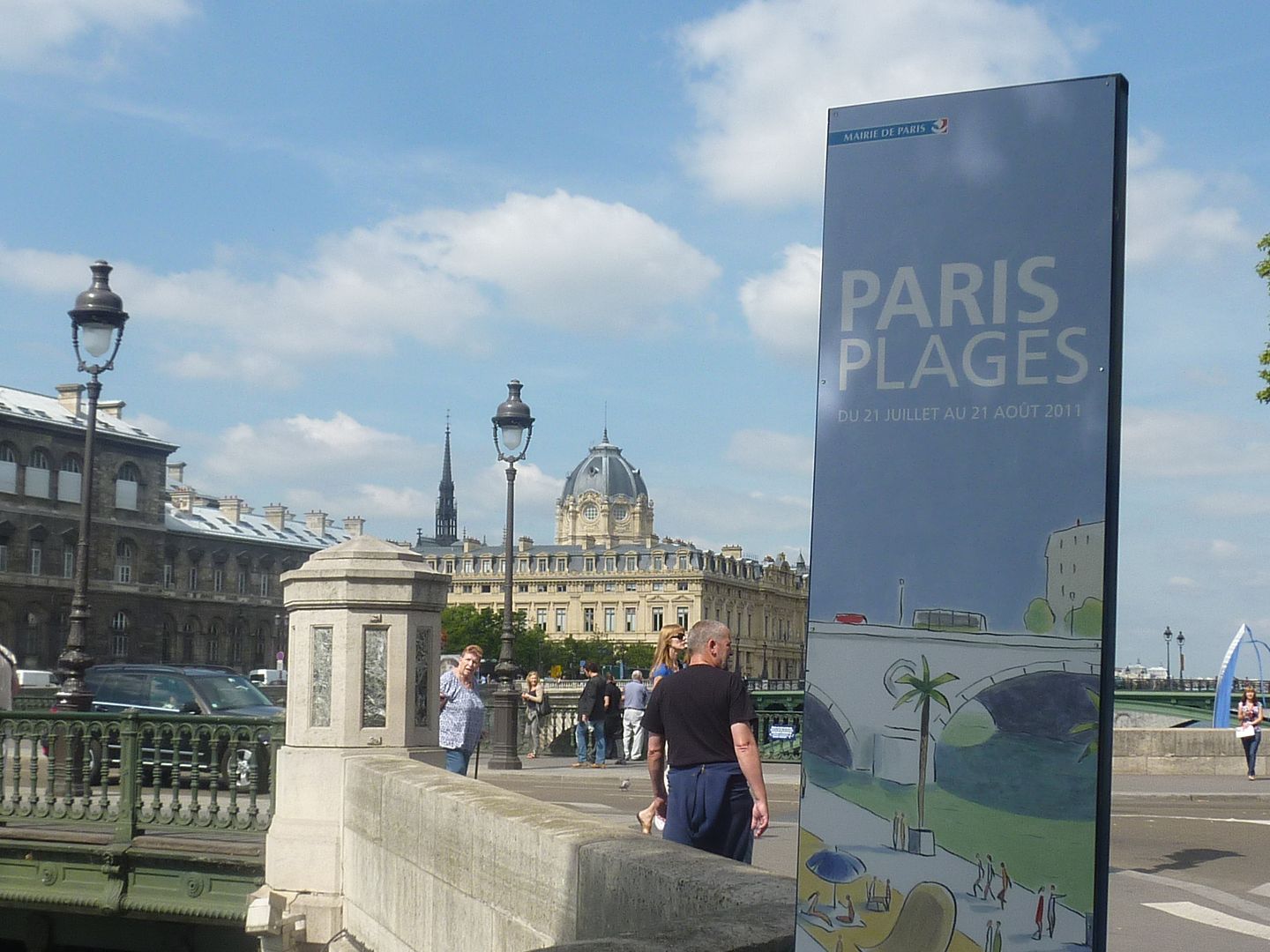
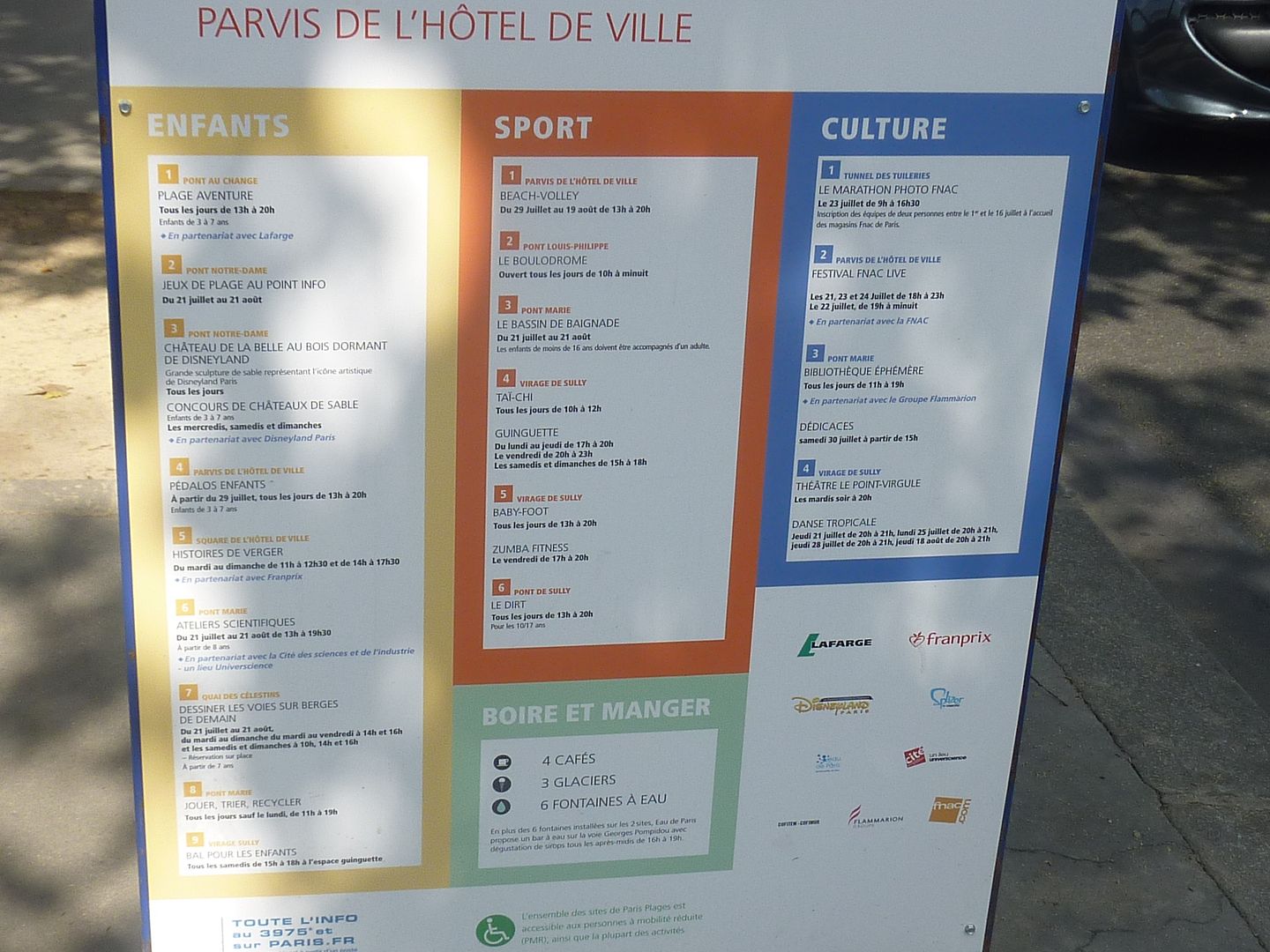

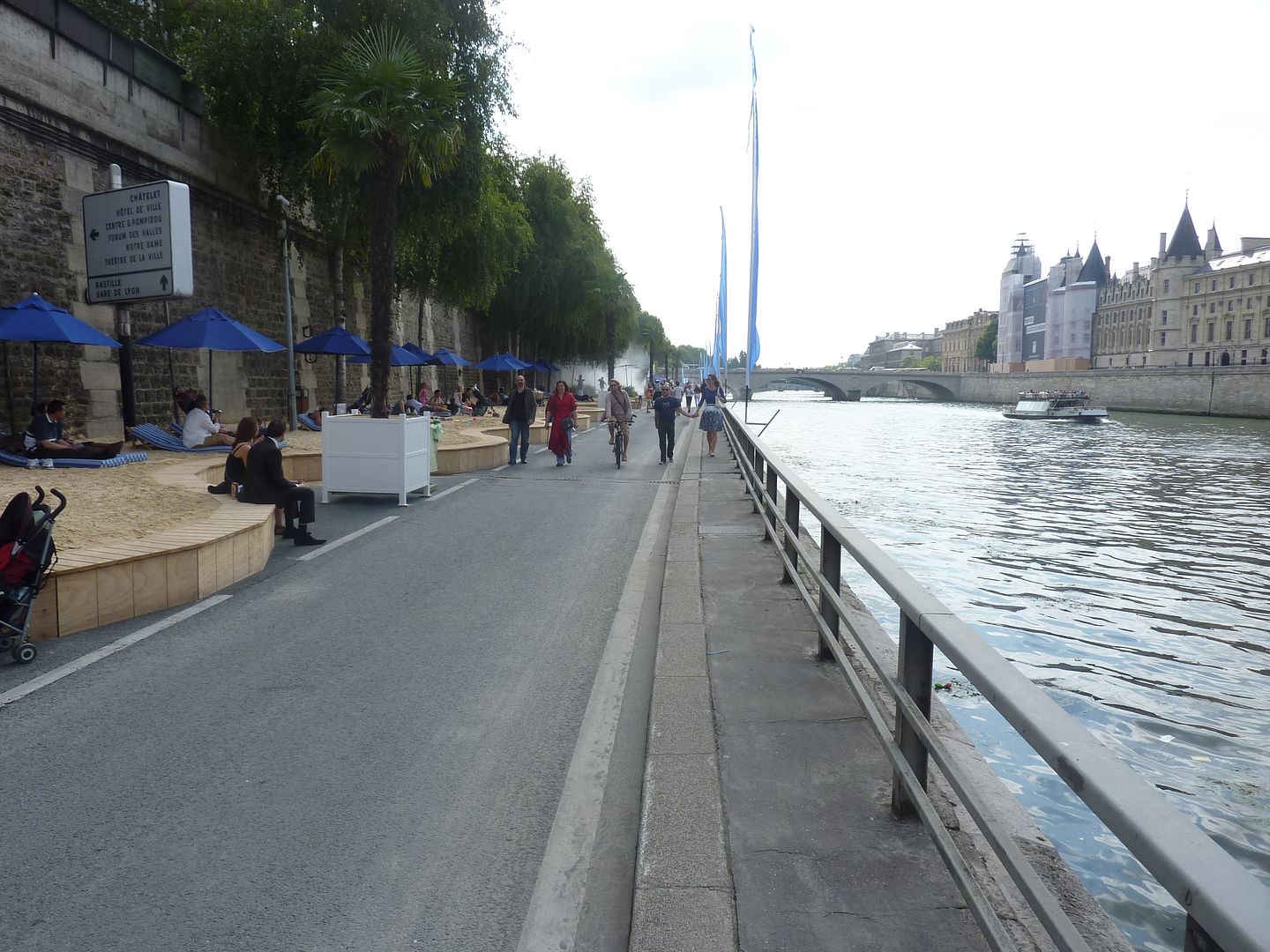

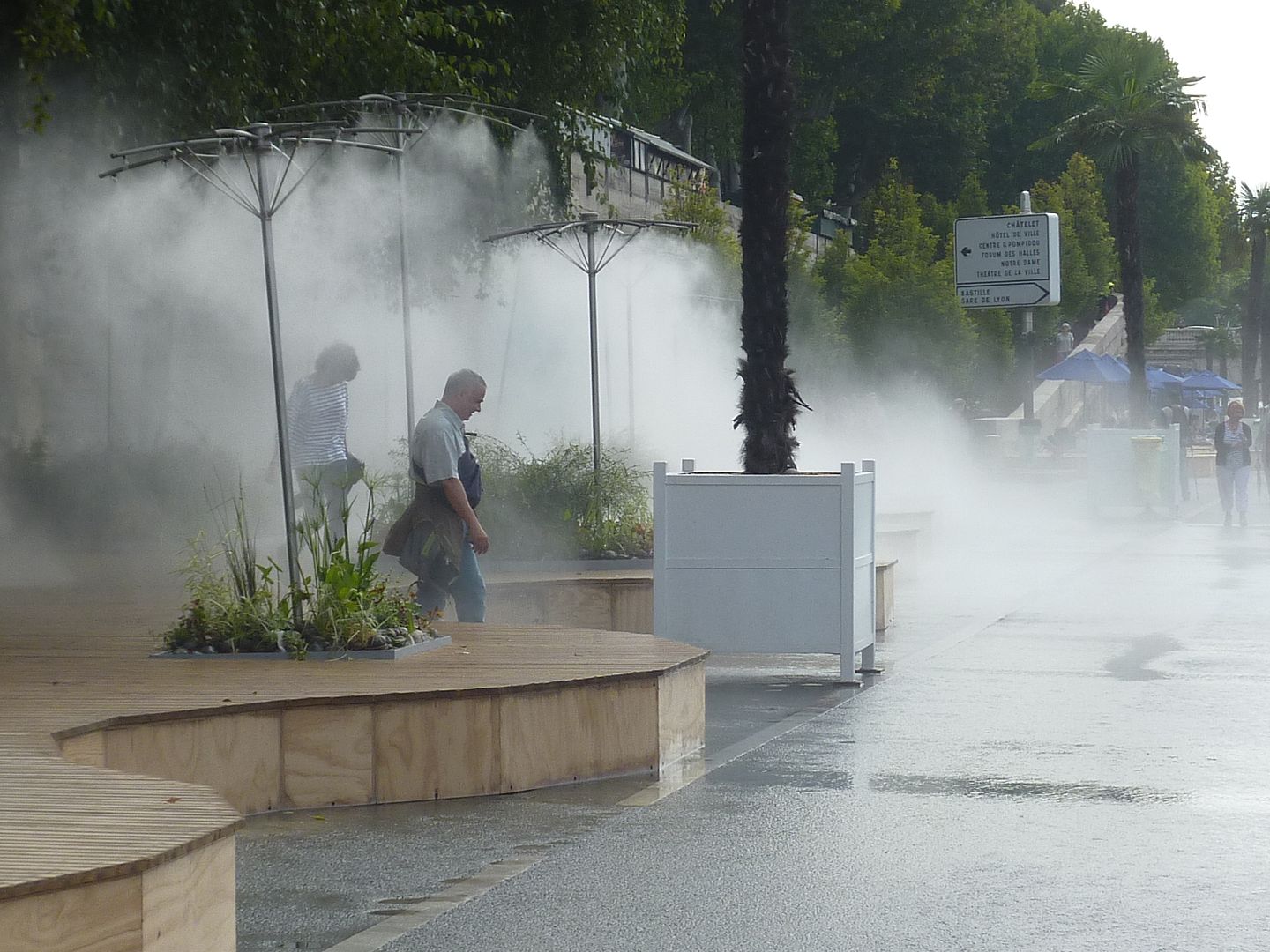
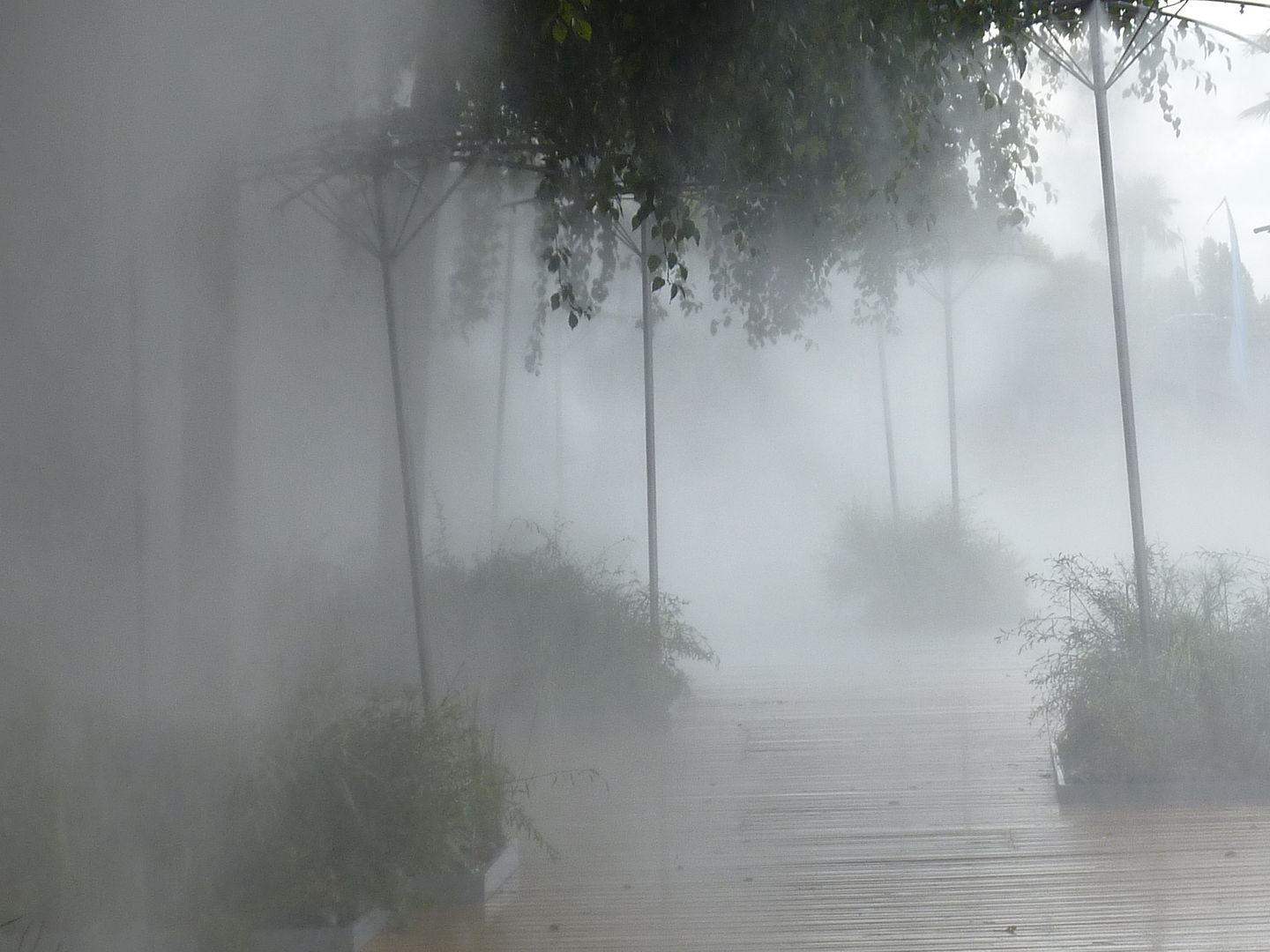
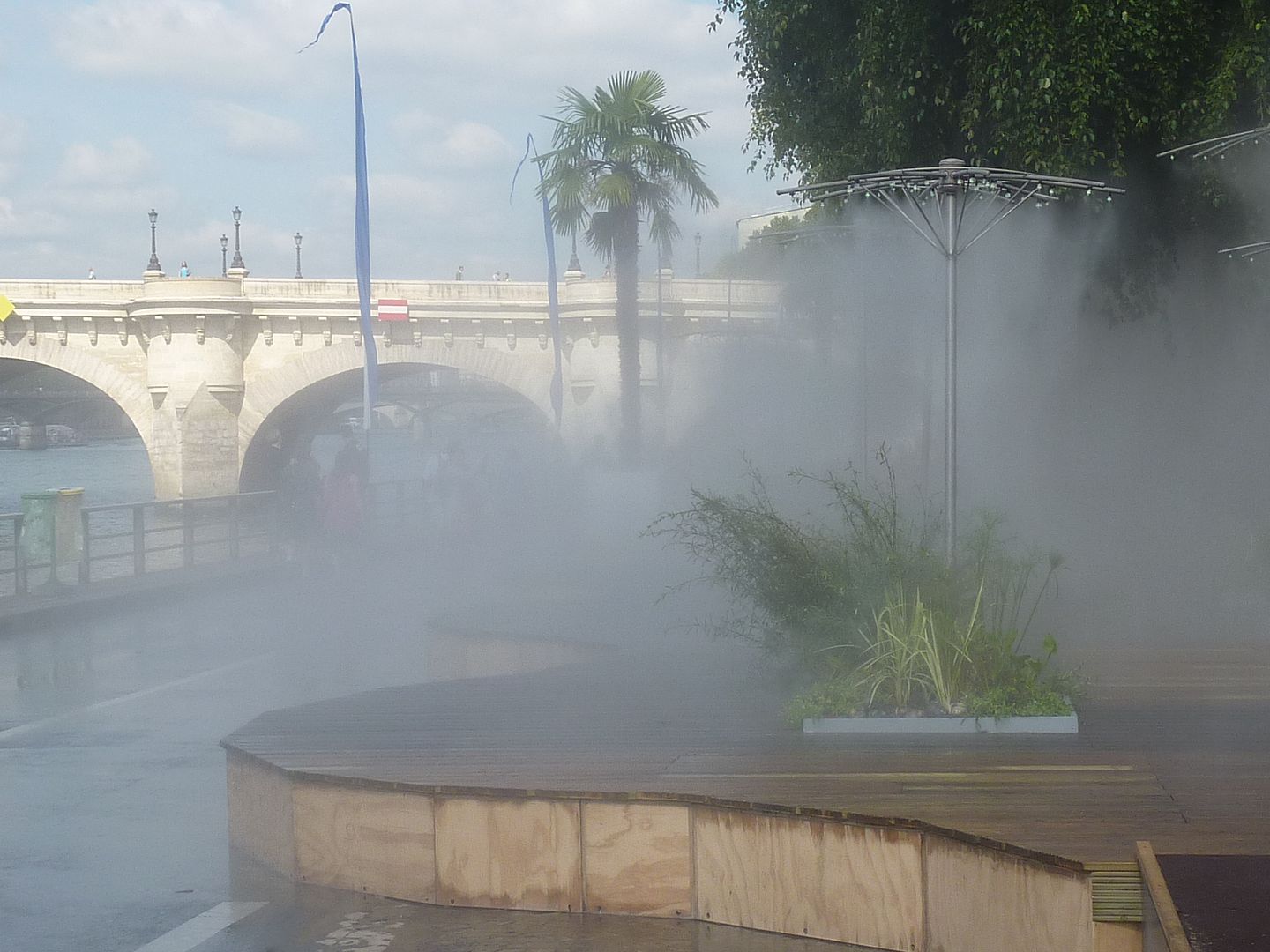
One of the sponsors this year operates a major amusement park in the suburbs.
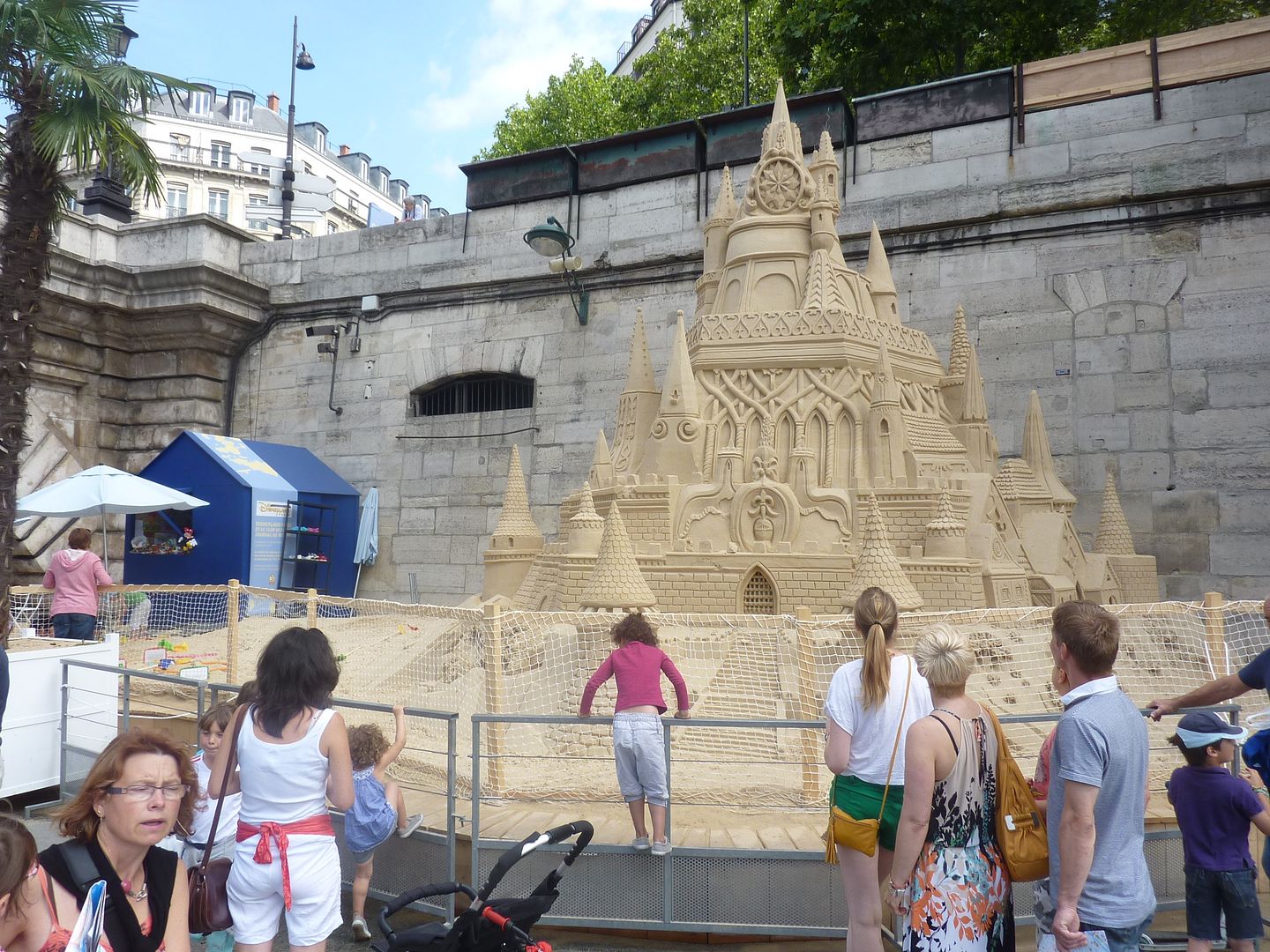
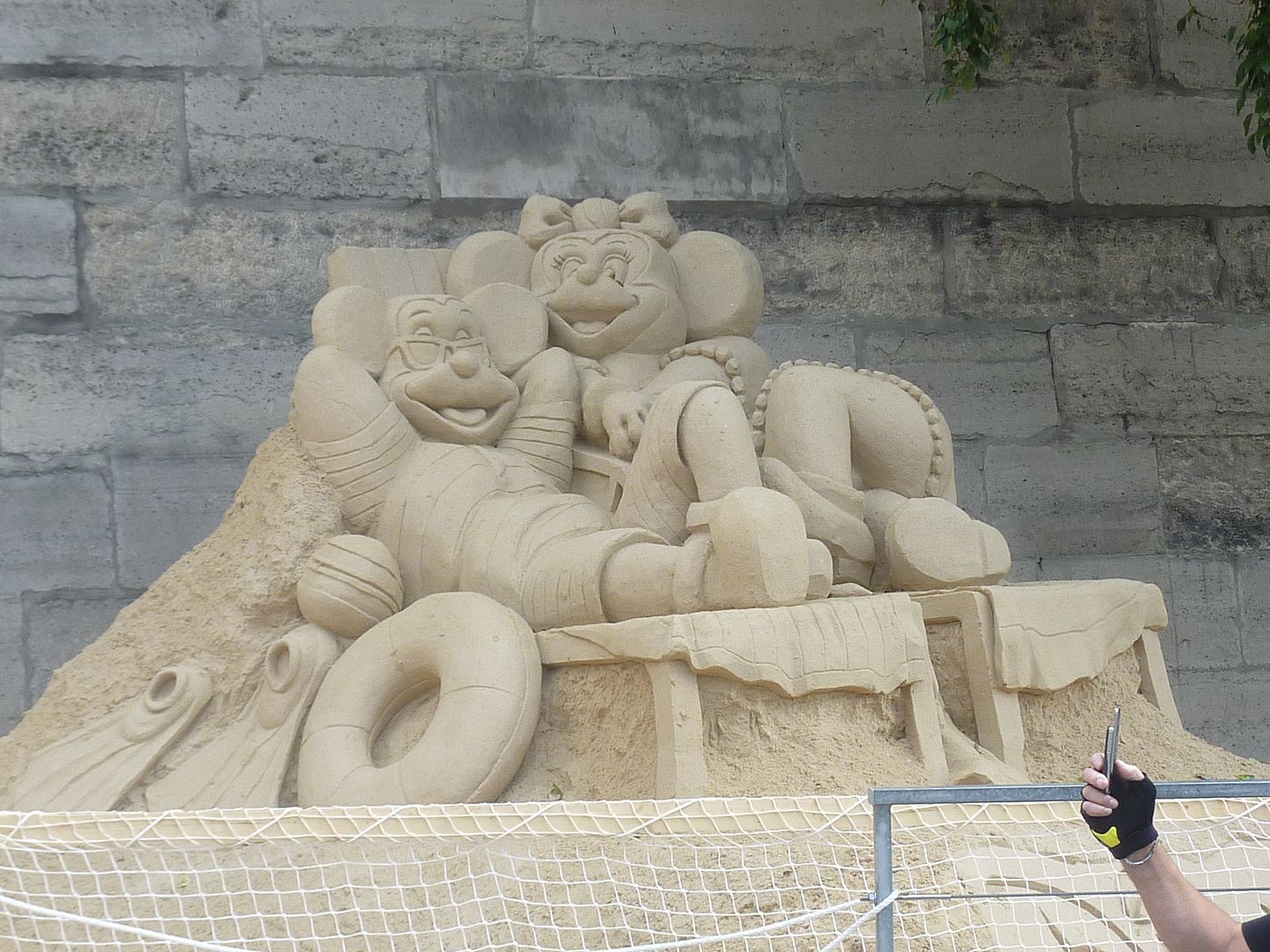
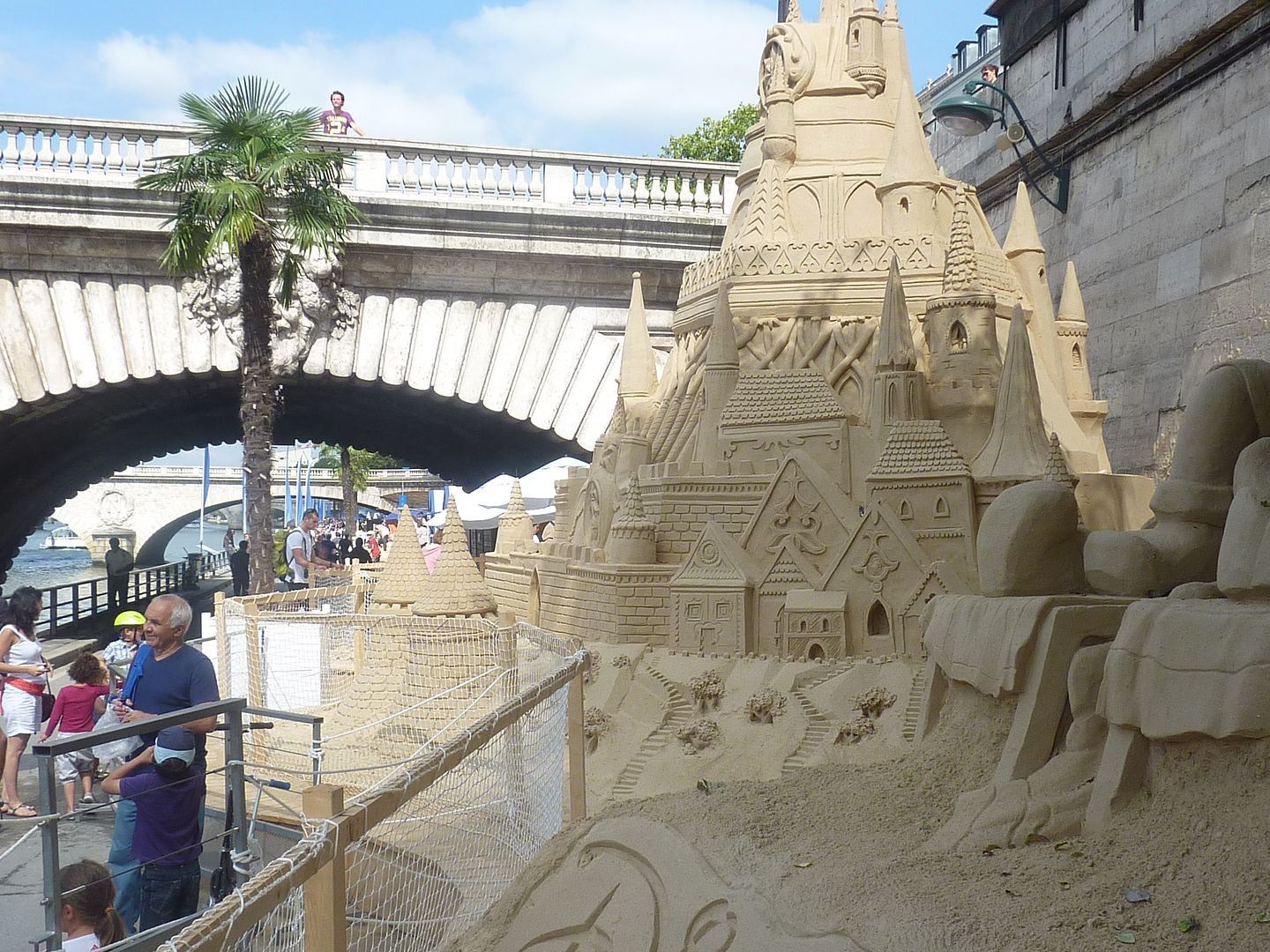
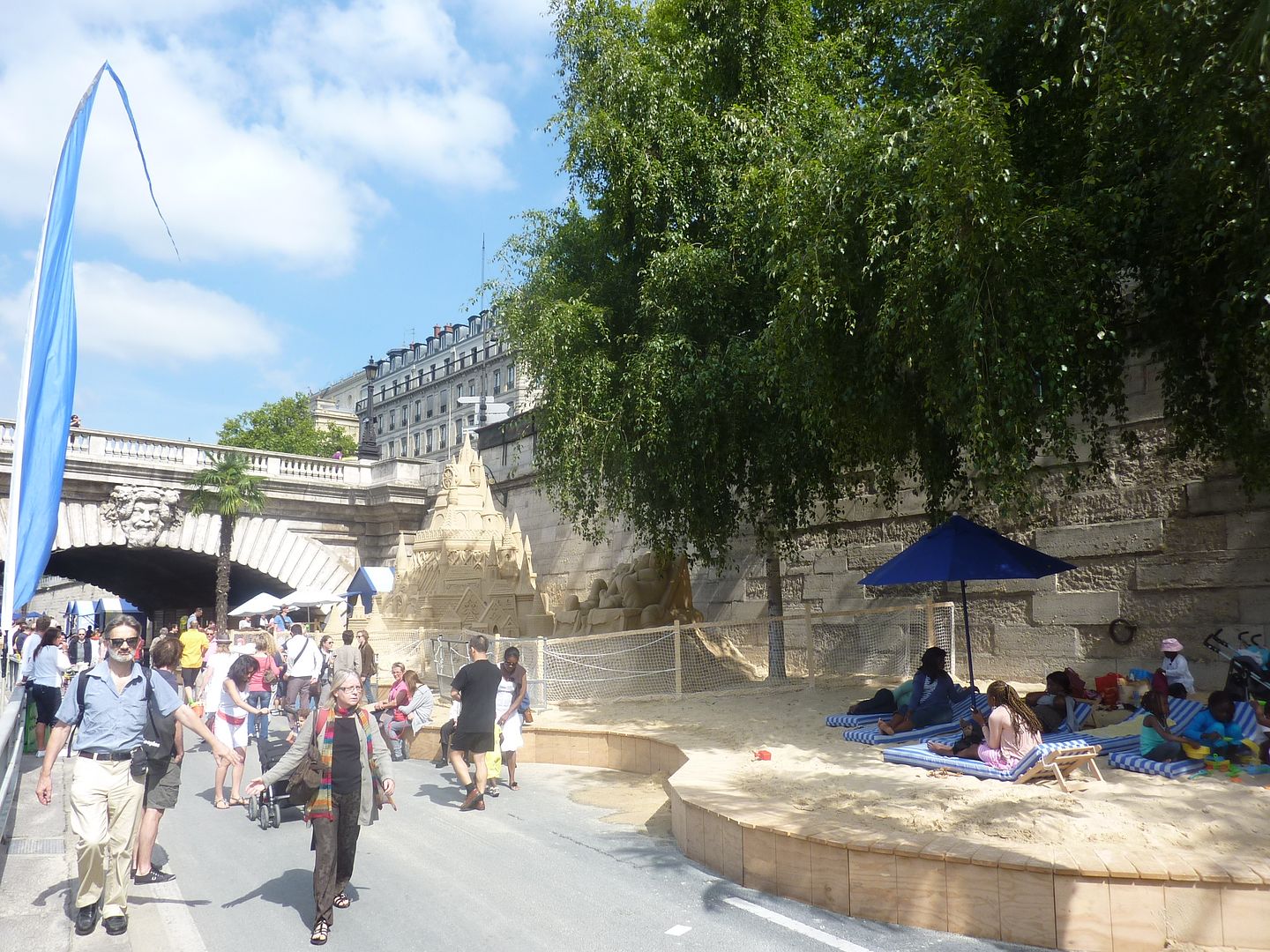
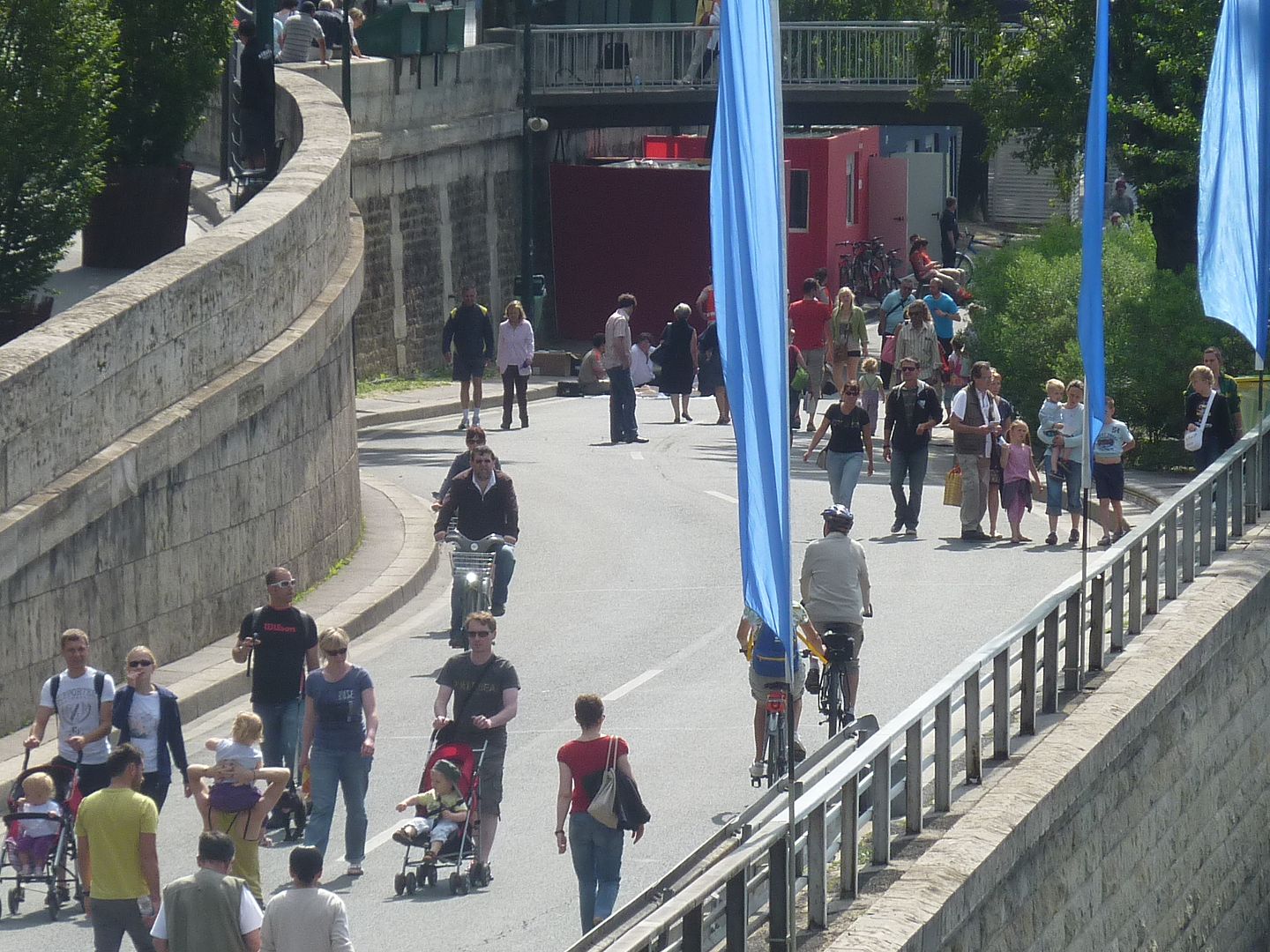
I will try to return on another day, but frankly the part of Paris Plages along the Seine is not at all the most interesting. I decided to go take a look at the other section at the Bassin de la Villette in the afternoon.
The same afternoon, I went to the Bassin de la Villette, which is so much more lively. You can see that even before you arrive. This first group of people are waiting to take the seasonal ferry to Pantin, Bobigny and Aulnay-sous-Bois. It costs 1€. 2€ on Sunday. I absolutely must remember to take this before it ends at the end of August.

Here is one of the boats arriving for the next trip.
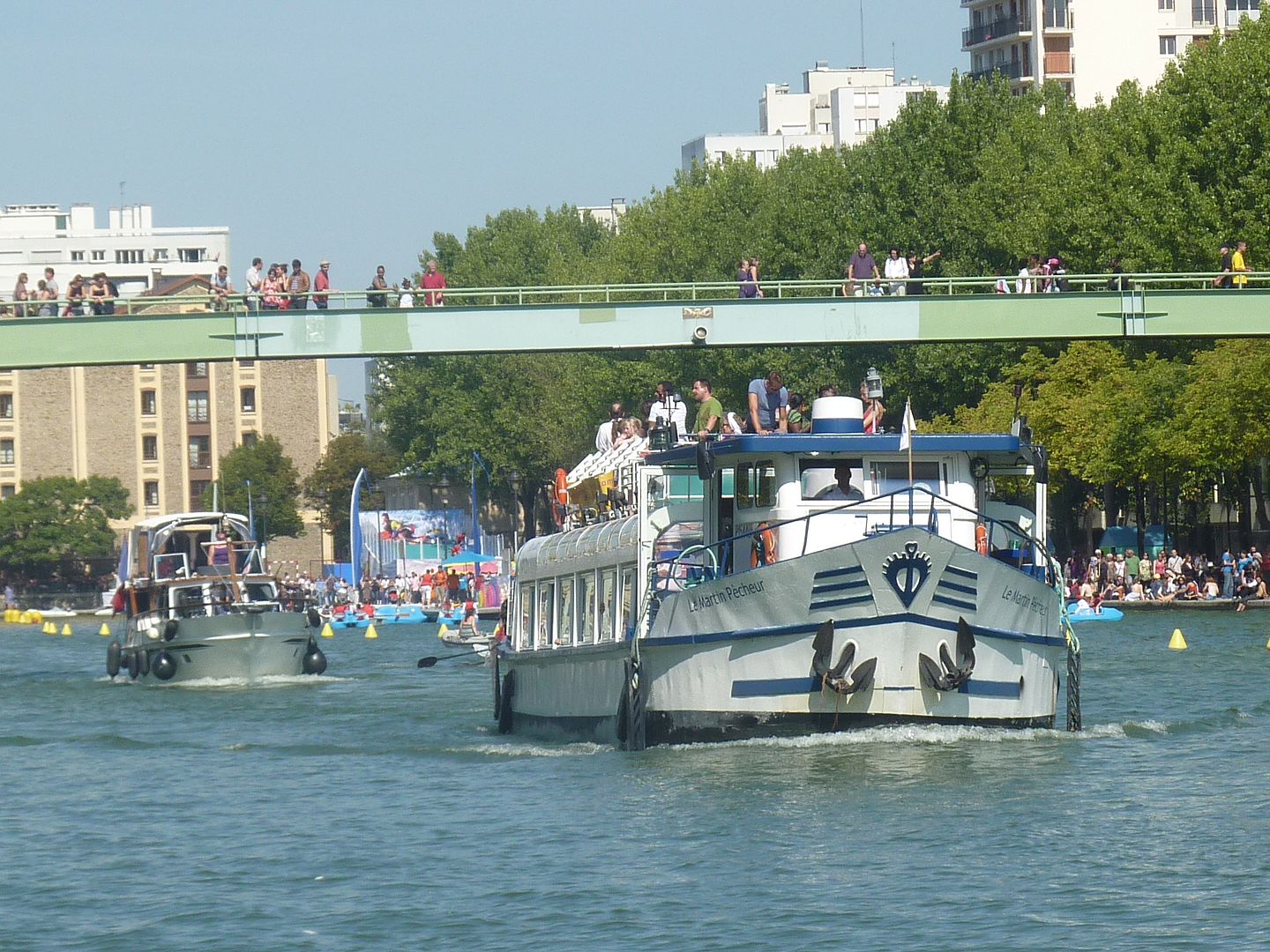
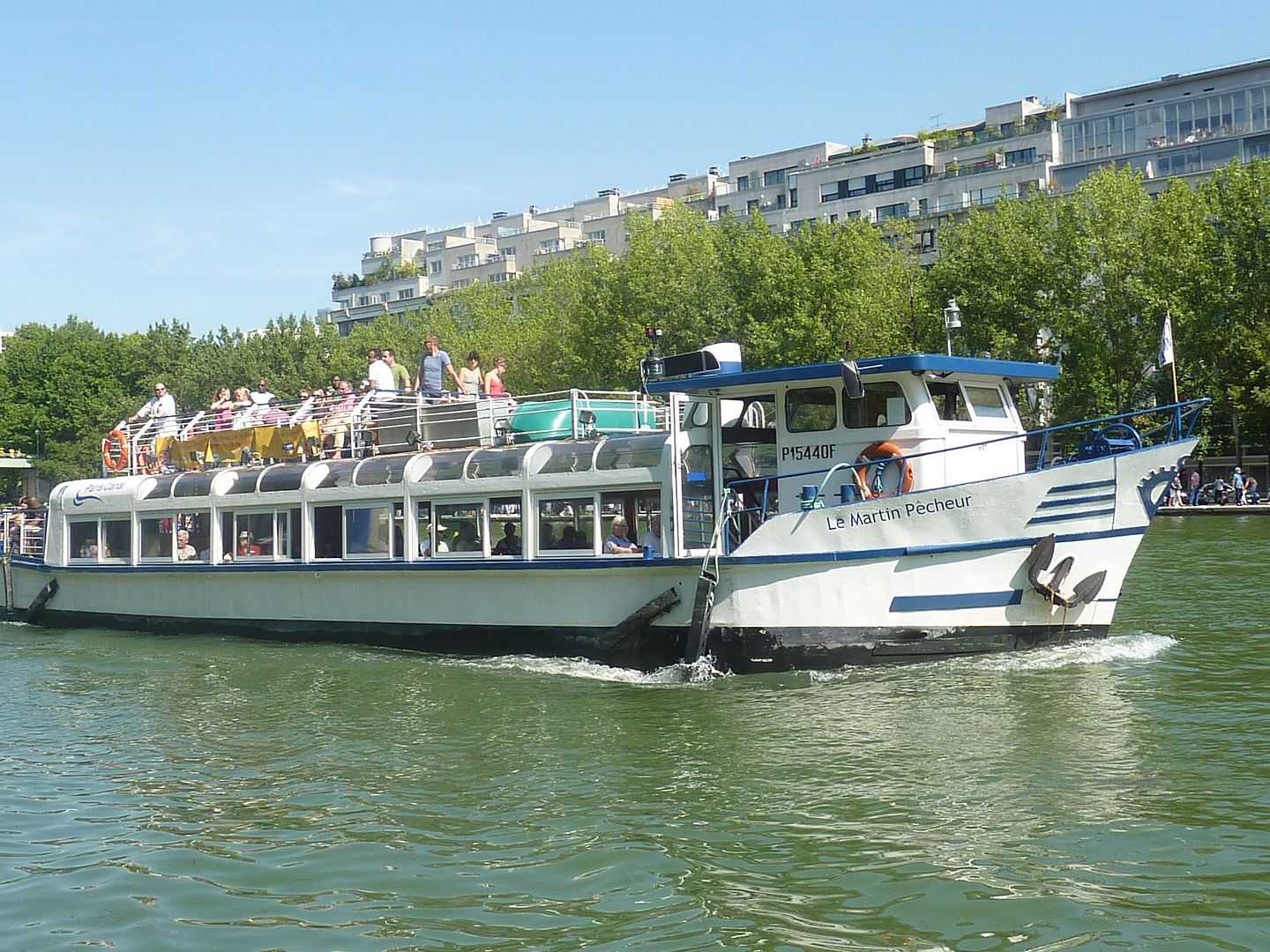
One of the attractions of this section of Paris Plages is that people actually get to go on the water, unlike the Seine.
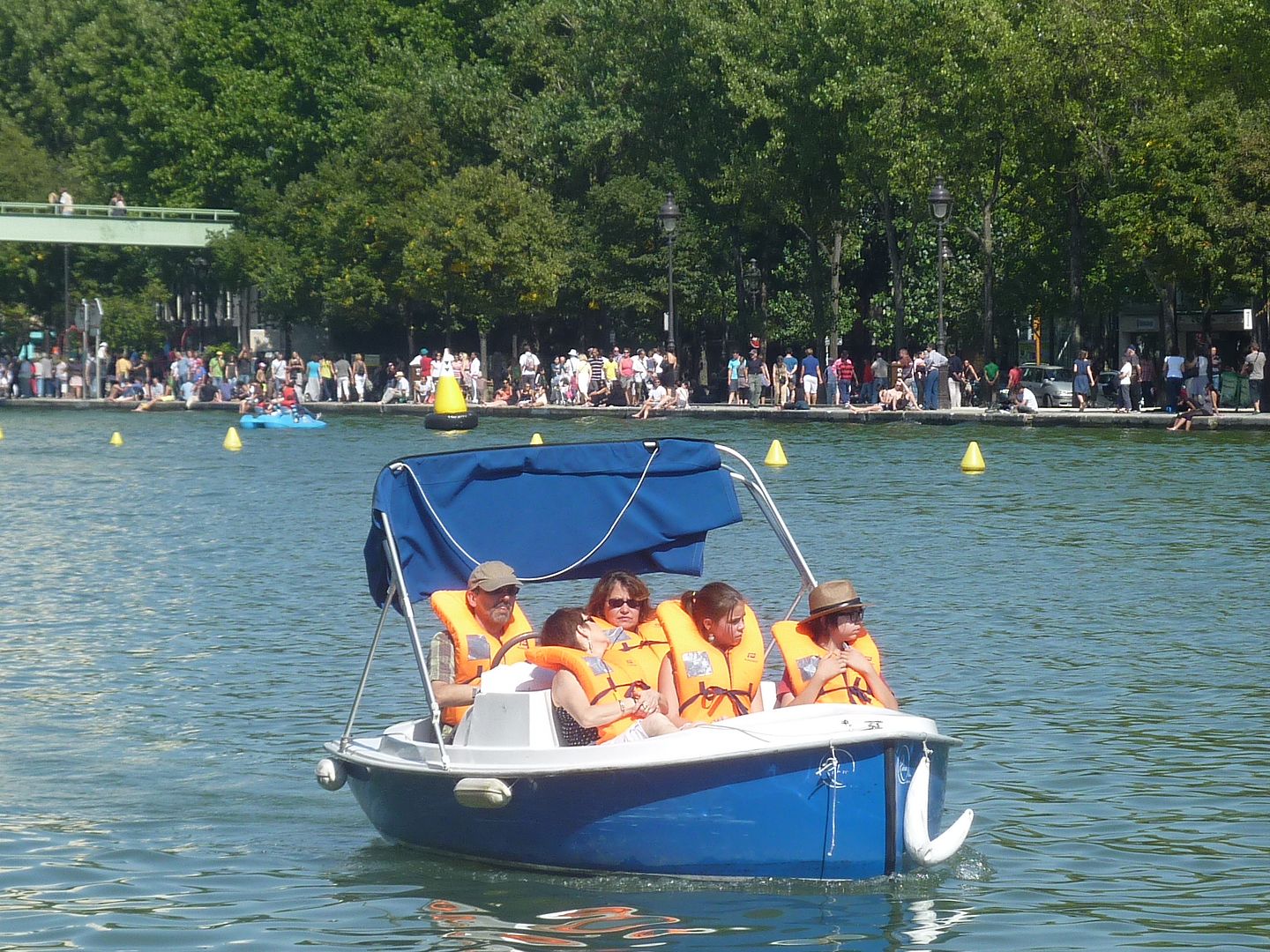
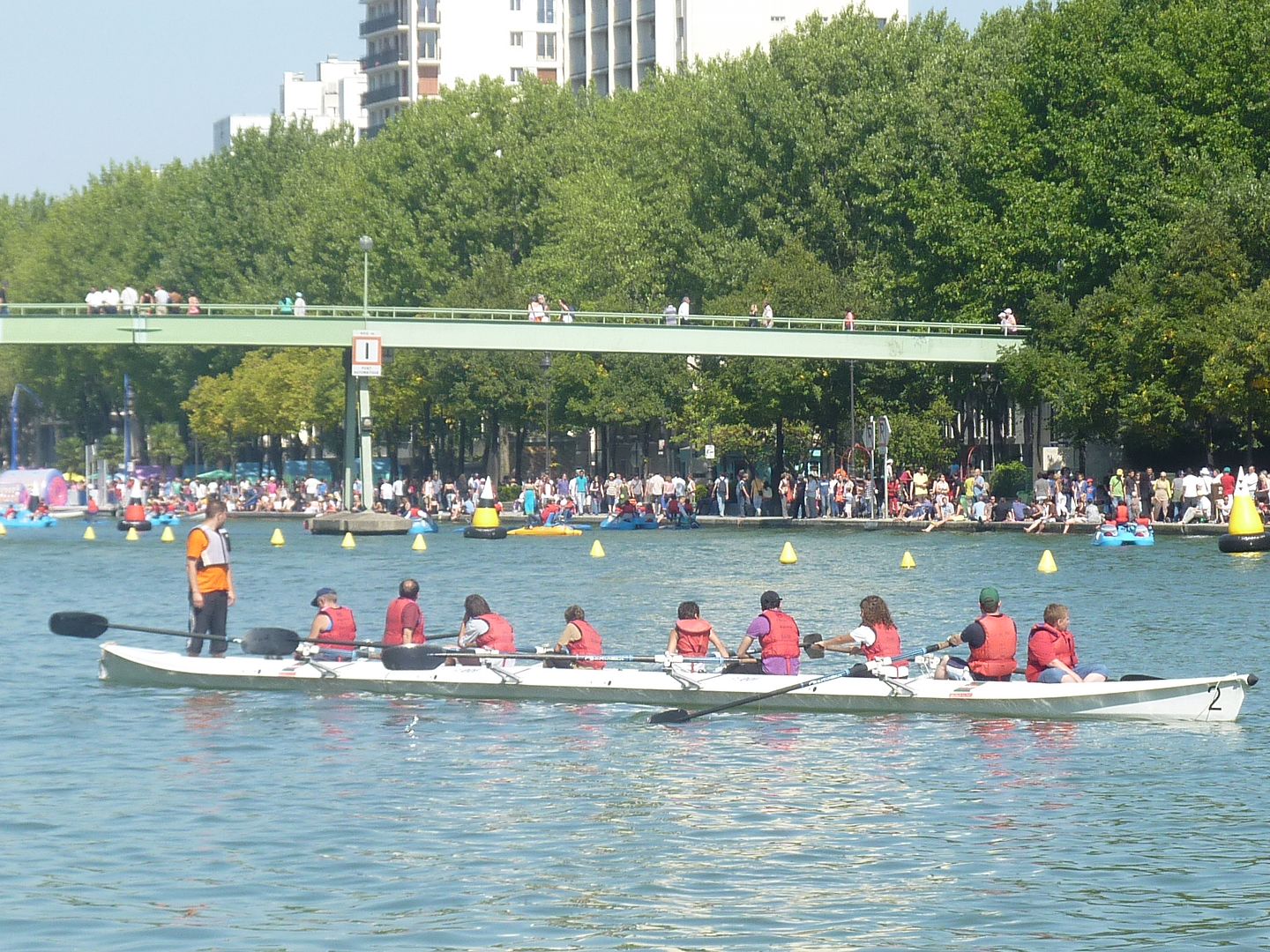

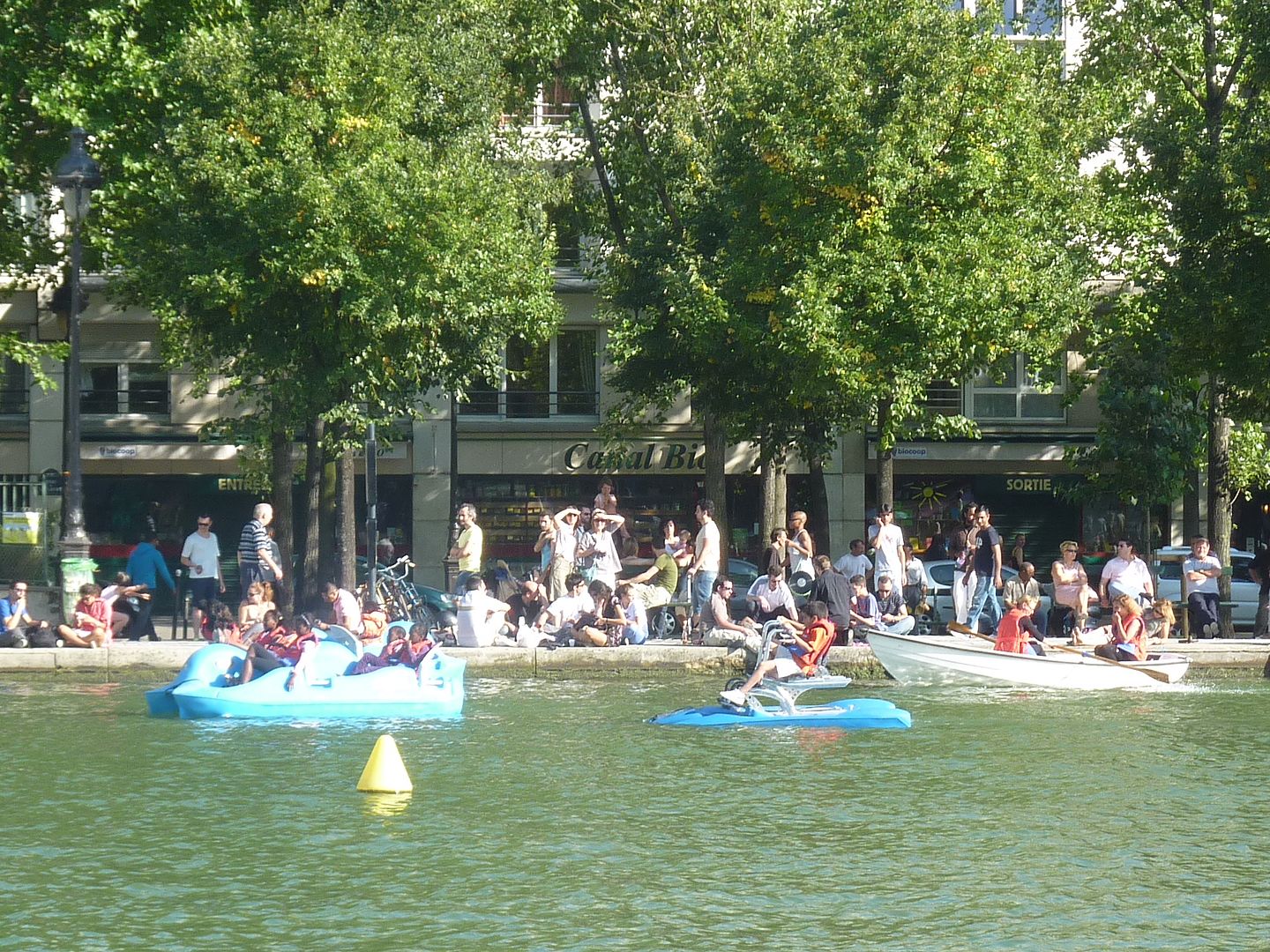
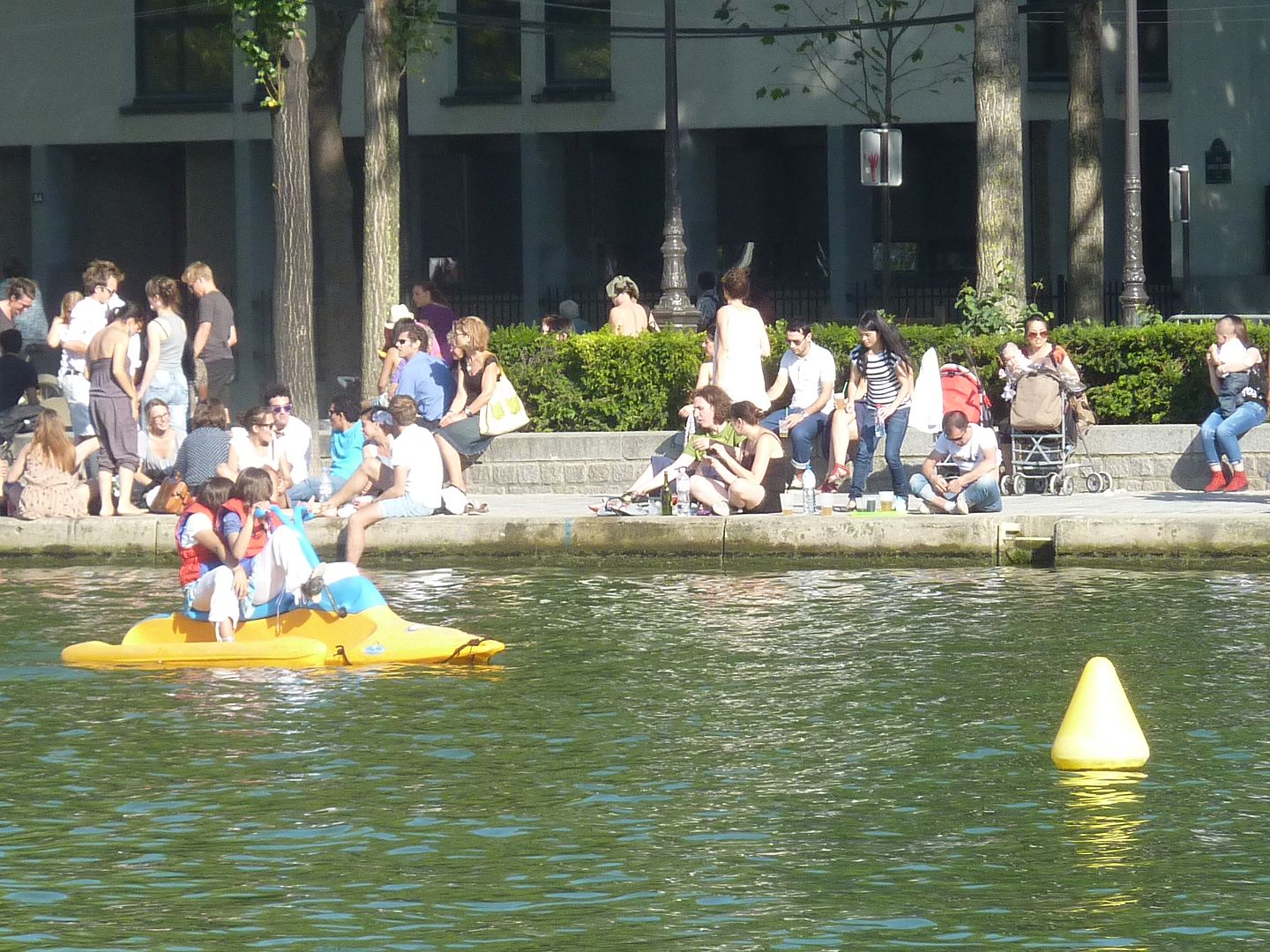
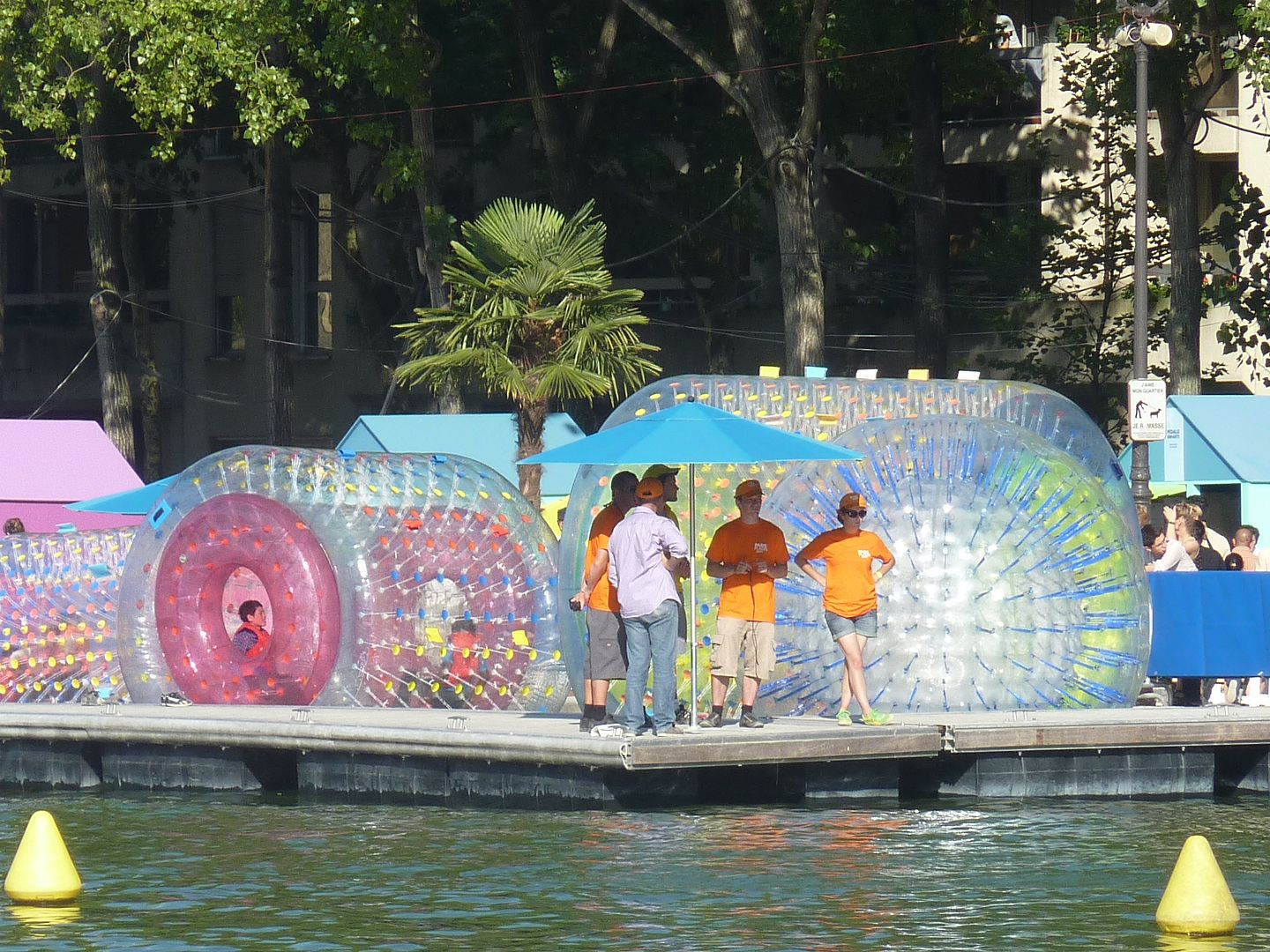
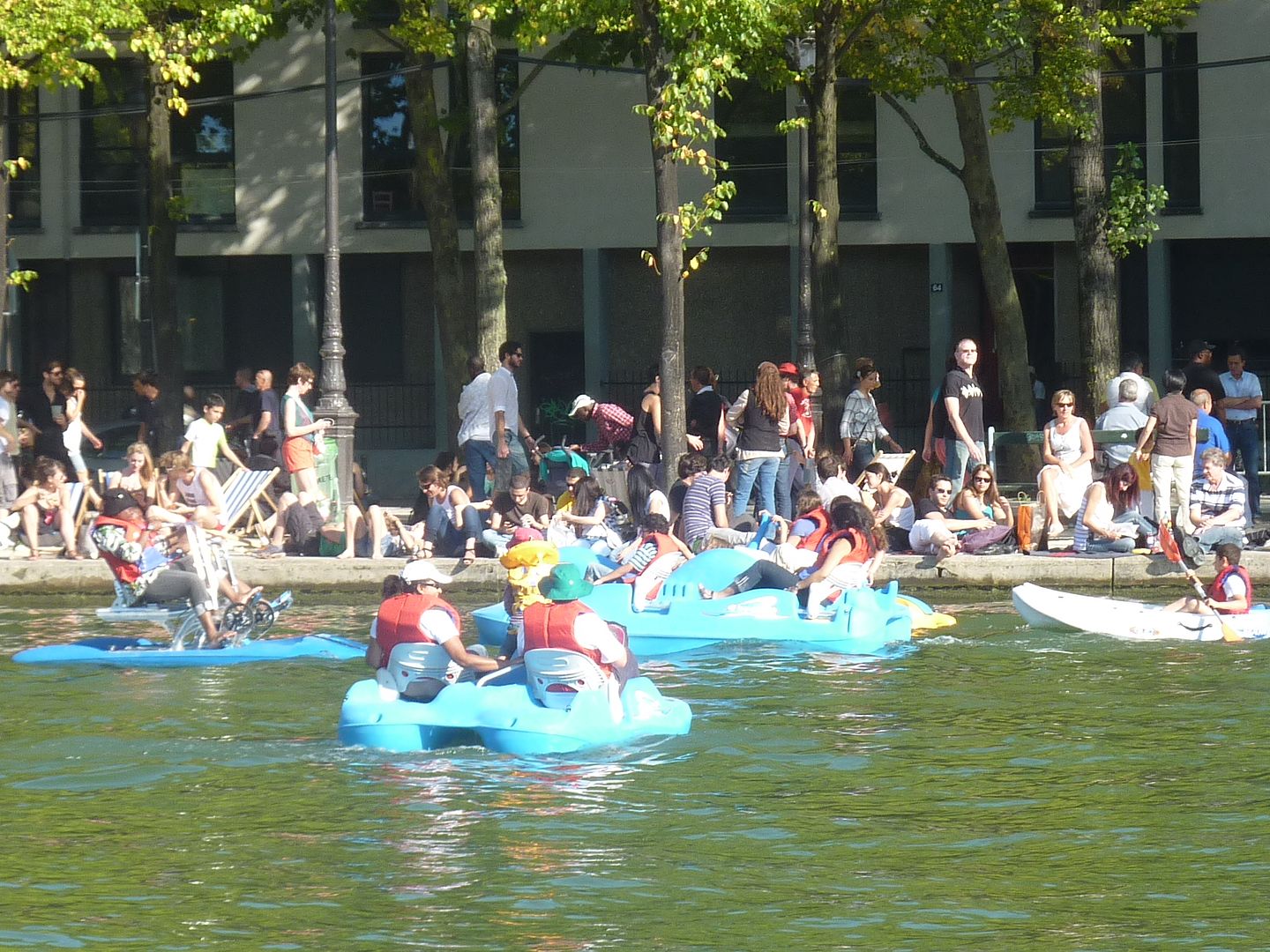
One frenzied area had a multitude of baby-foot tables. The Belgians call this game kicker and have the greatest number of world champions, though. Americans call it fussball for some reason, even though the official name is table football. Even though it was invented simultaneously in France and Germany around 1890, a clever Englishman thought to patent it in 1923. That is your cultural information for today. In any case, it is a pleasure to see that a manual non-electronic game is still so attractive to so many people.

There were also big zones for pétanque.
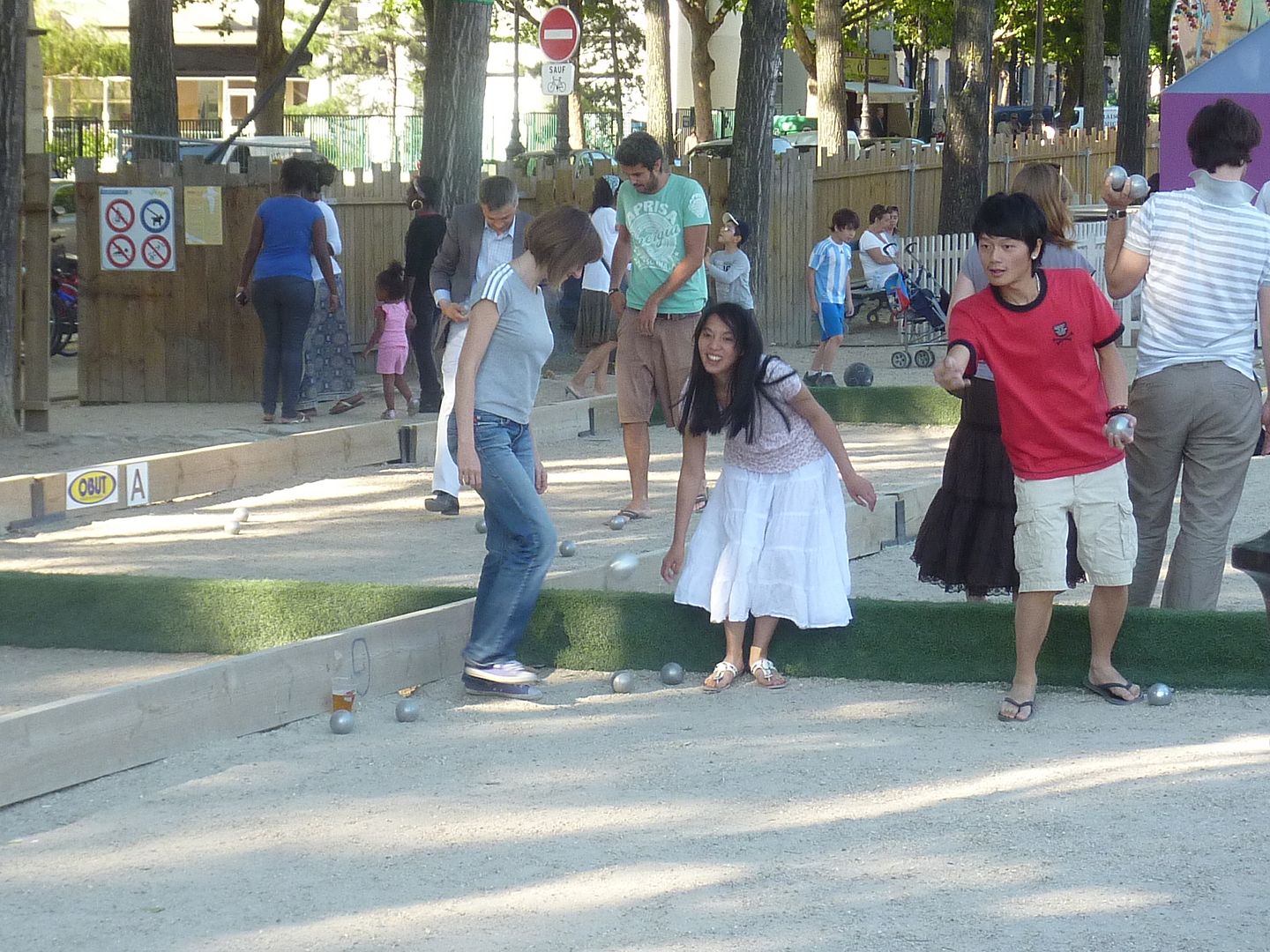
This is all a cover-up, though. Today I am going to reveal to you what Parisians really do when they know that there are no tourists watching. Believe me, you will never see this in front of Notre Dame, under the Eiffel Tower, or in the courtyard of the Louvre. I forbid anyone who ever sees this video from ever mentioning it to anybody.
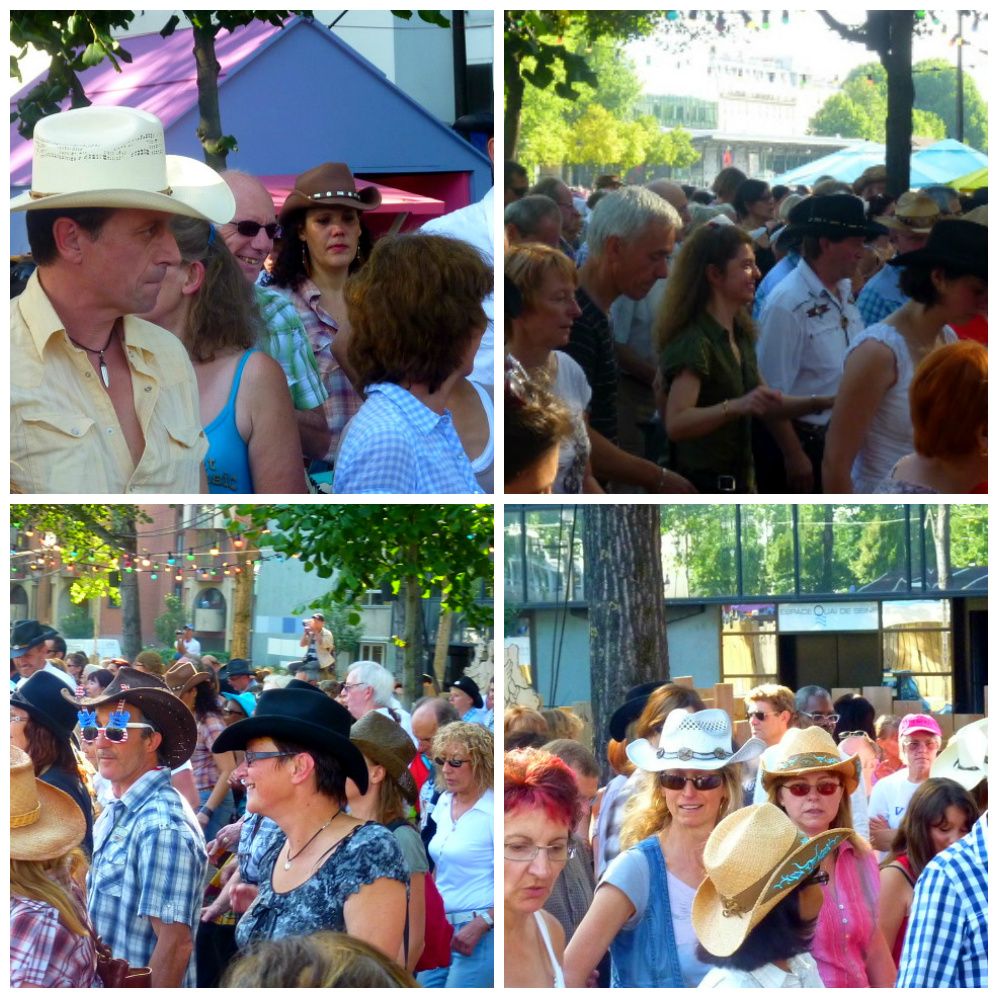
July 31st was the first significantly warm day in a long time, so the children were delighted to play under the mist sprayers.
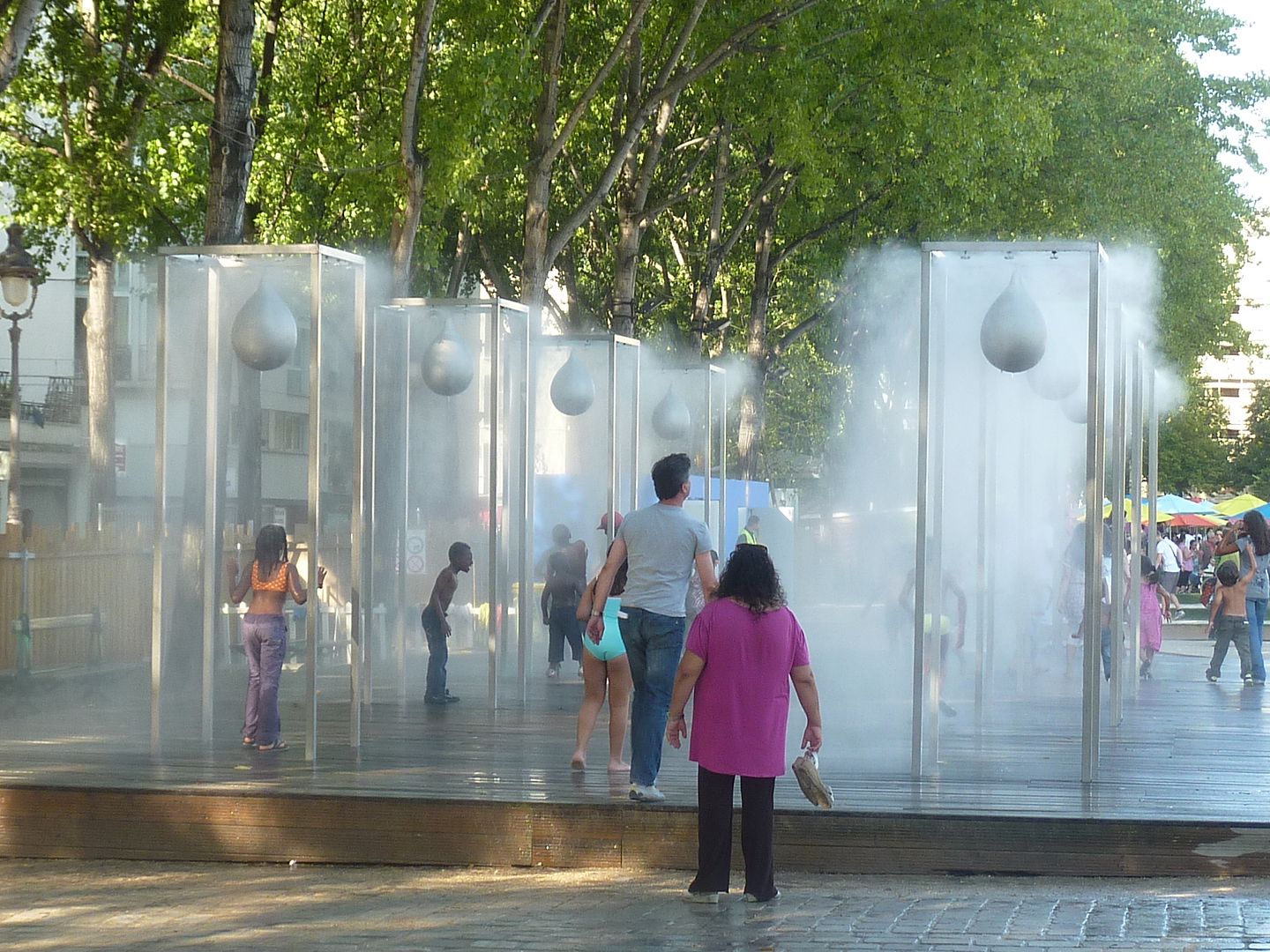
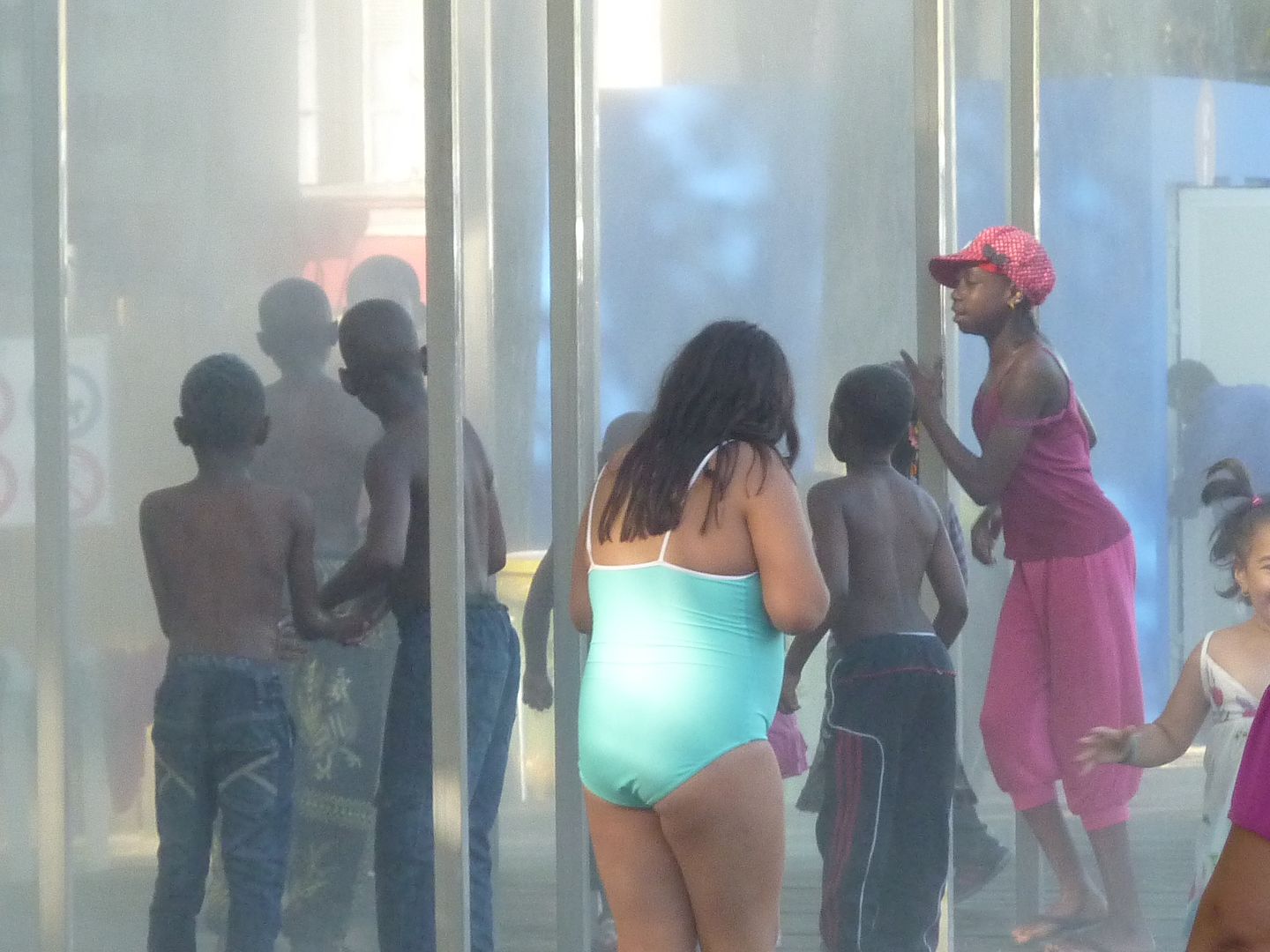


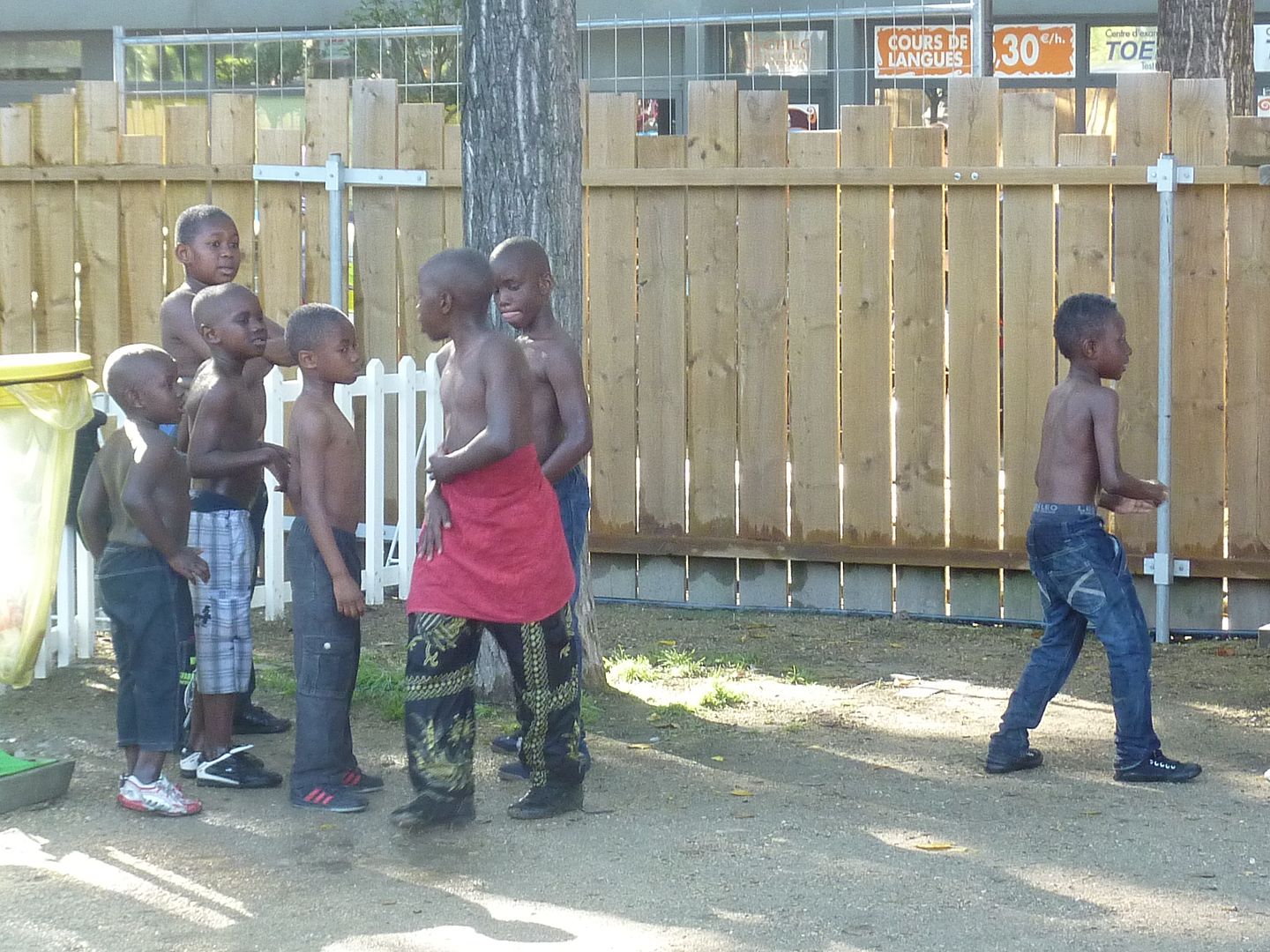
In case you are wondering where the little pink children are, well many of them are more fortunate than the Parisians who get left behind. Some of them are in St. Tropez or the Costa Brava, or maybe with their grandparents in Normandy. In fact that is the whole point of Paris Plages, which is not a tourist operation at all. It is to provide a free holiday atmosphere for families that do not have the means to go anywhere out of the city.
Of course, everybody is welcome, but it is really essential for mothers with 4 or 5 kids to entertain until school starts again.
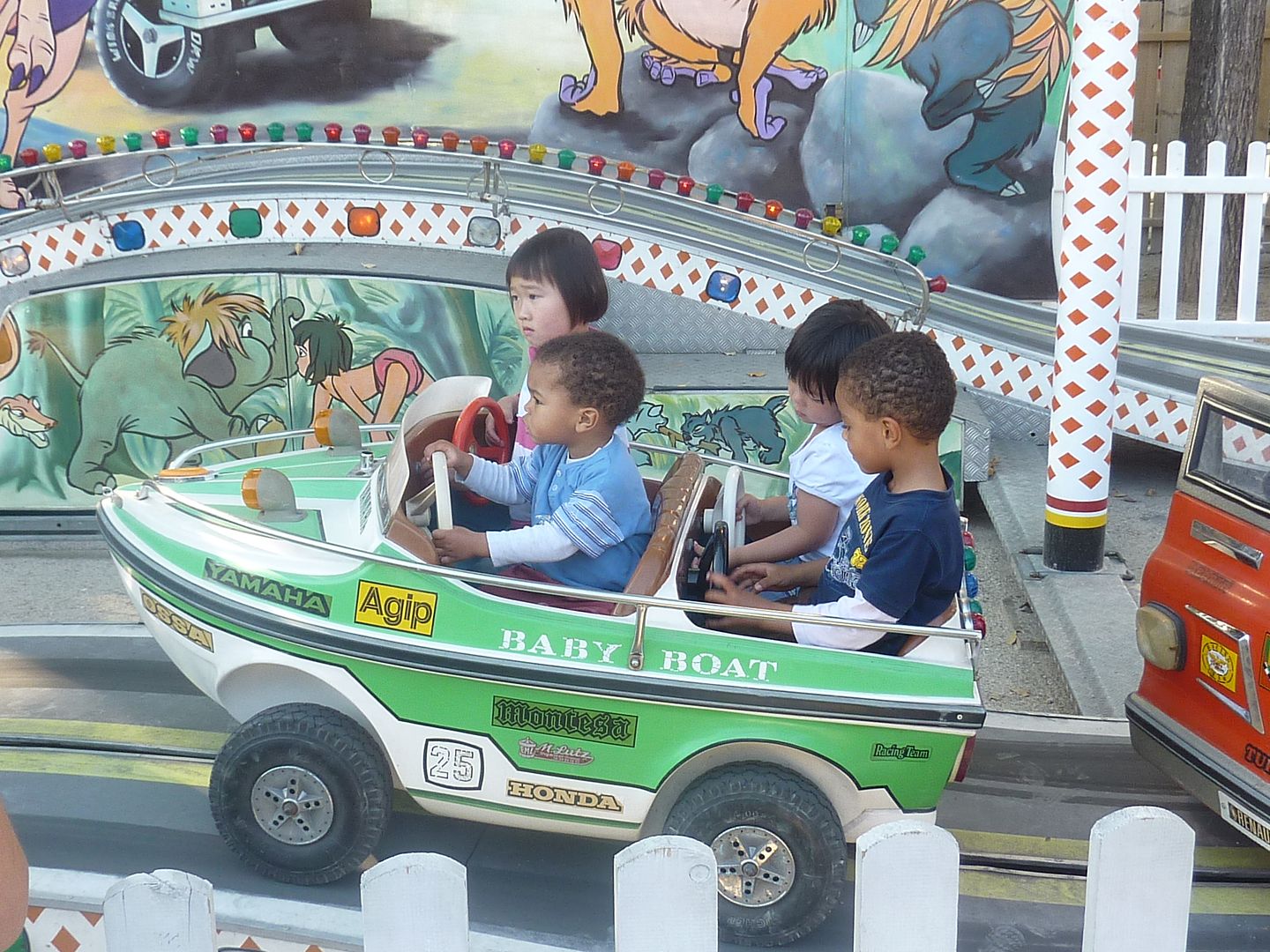
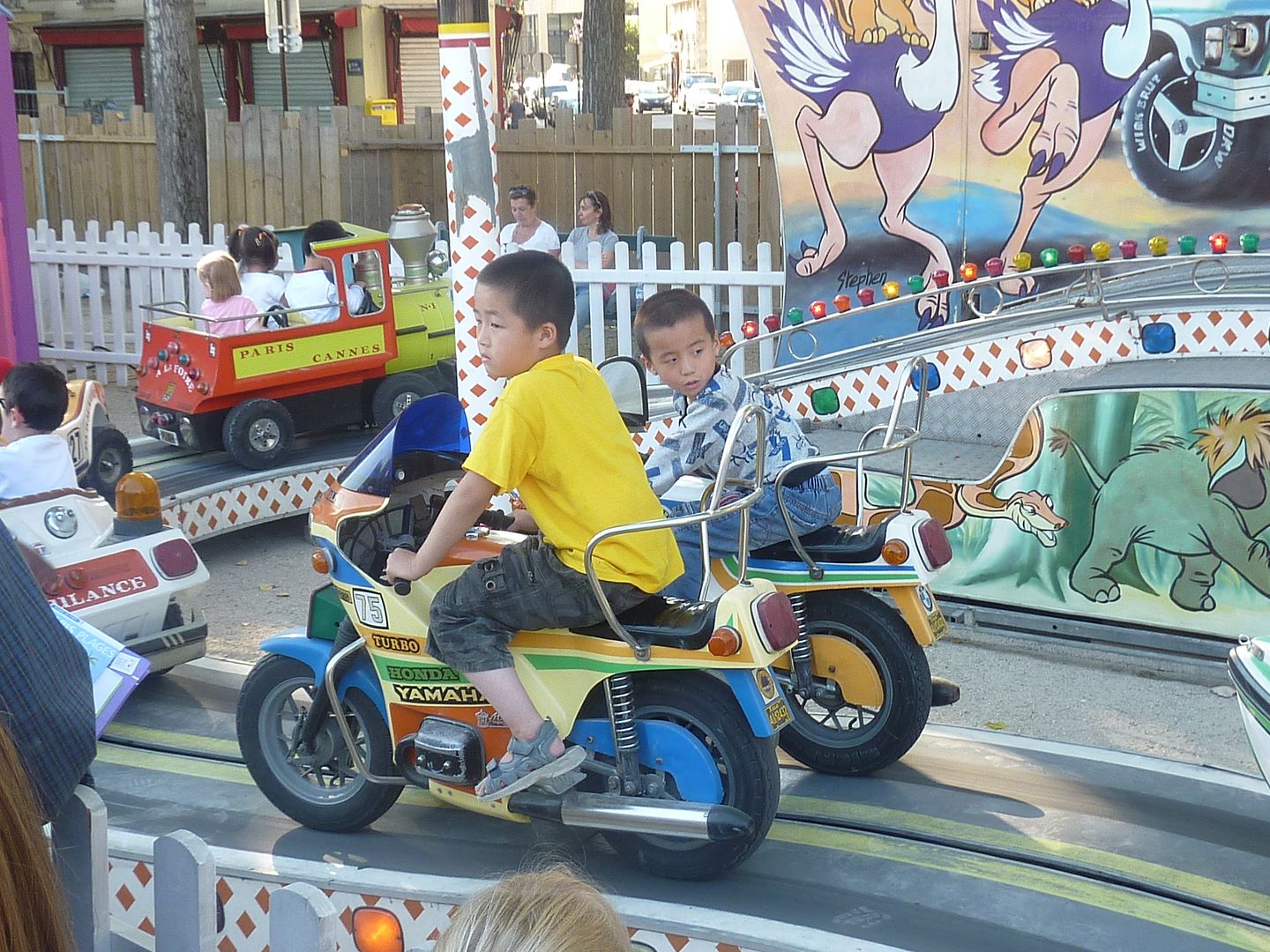
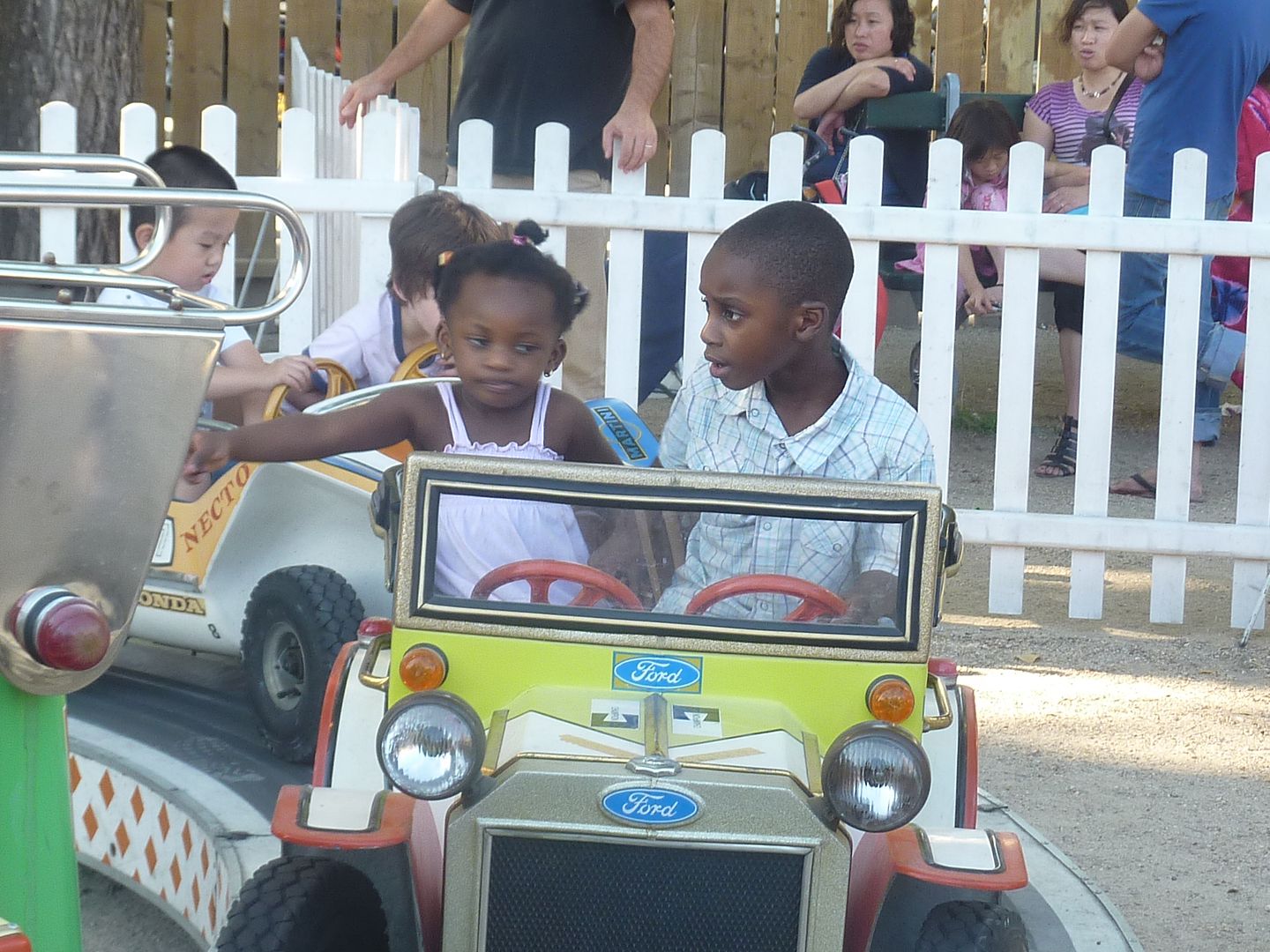
Oh, there are a few tourists anyway -- the very nice Holiday Inn Express is right here.
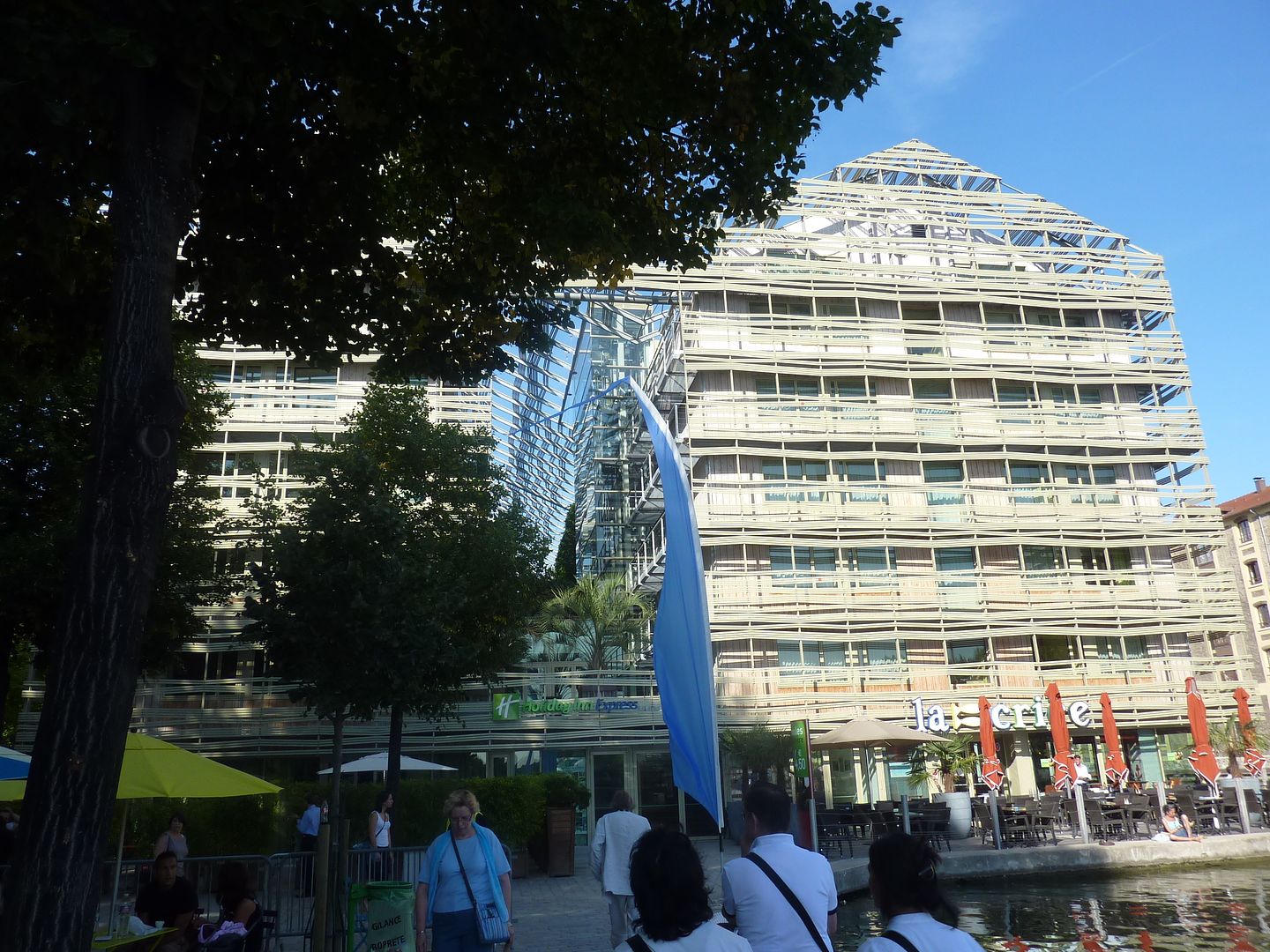
Just in case you want to eat right on the water in Paris... restaurants on both sides.
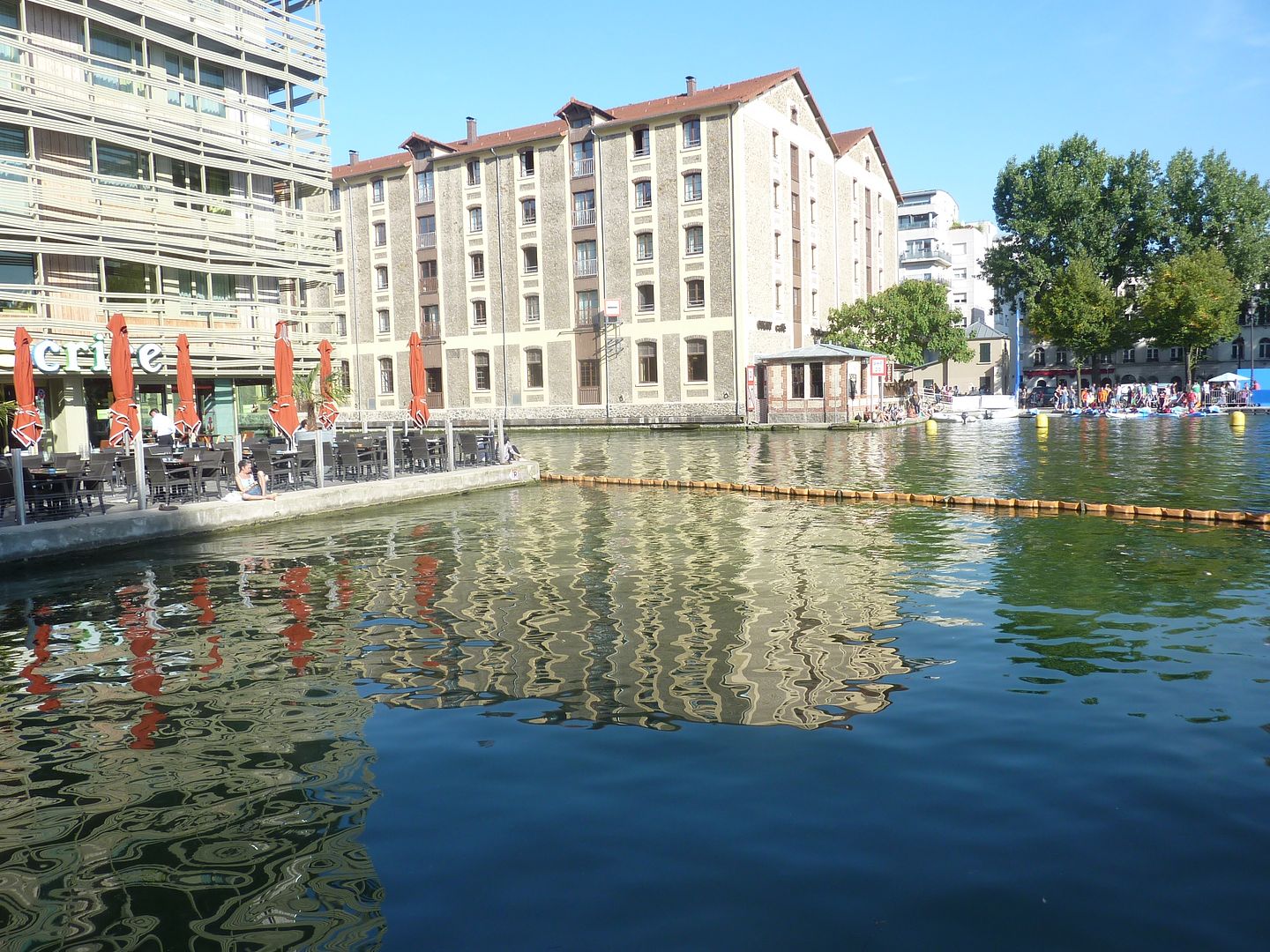
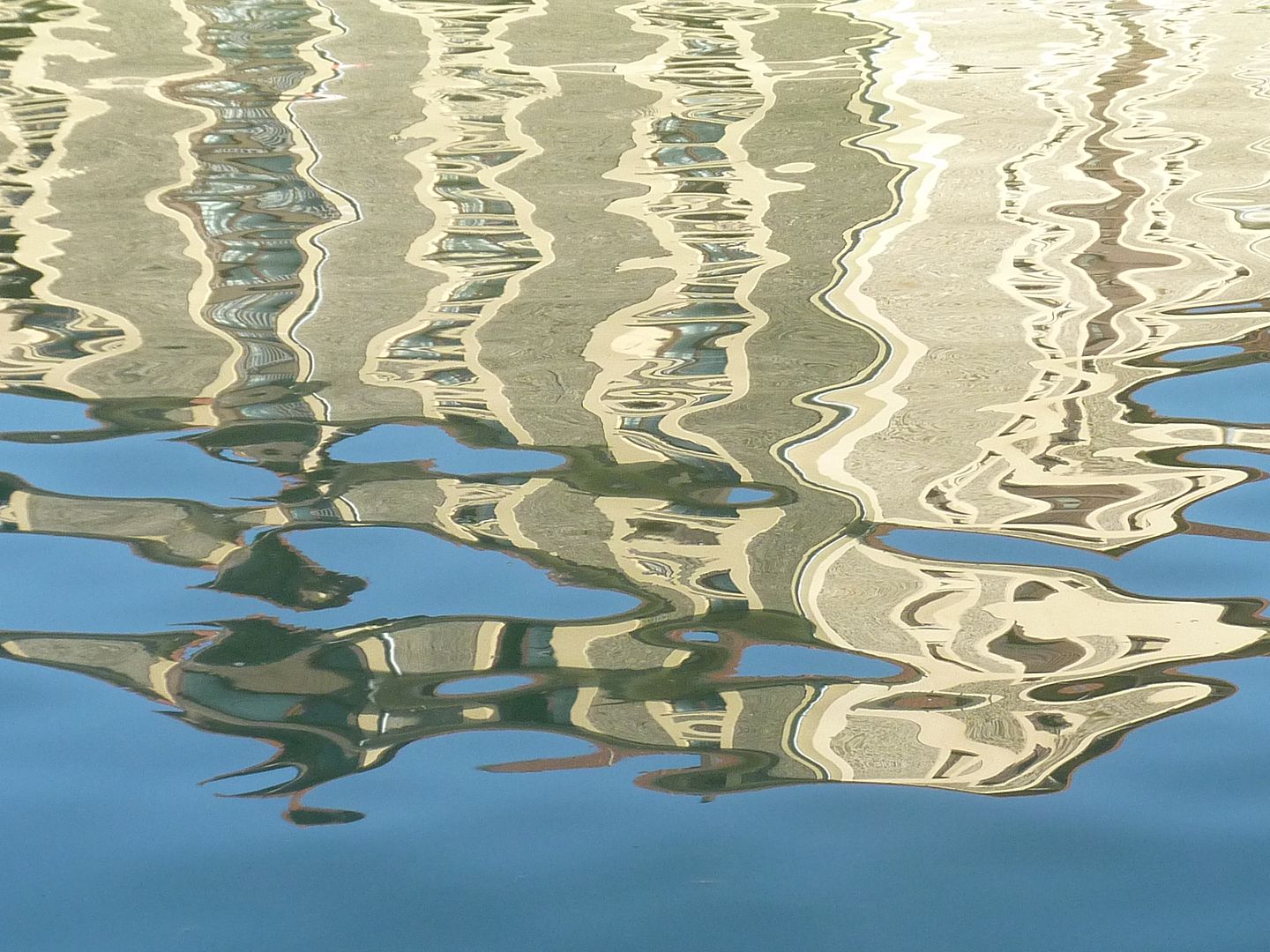
But just relaxing with your favorite activity is great, too.
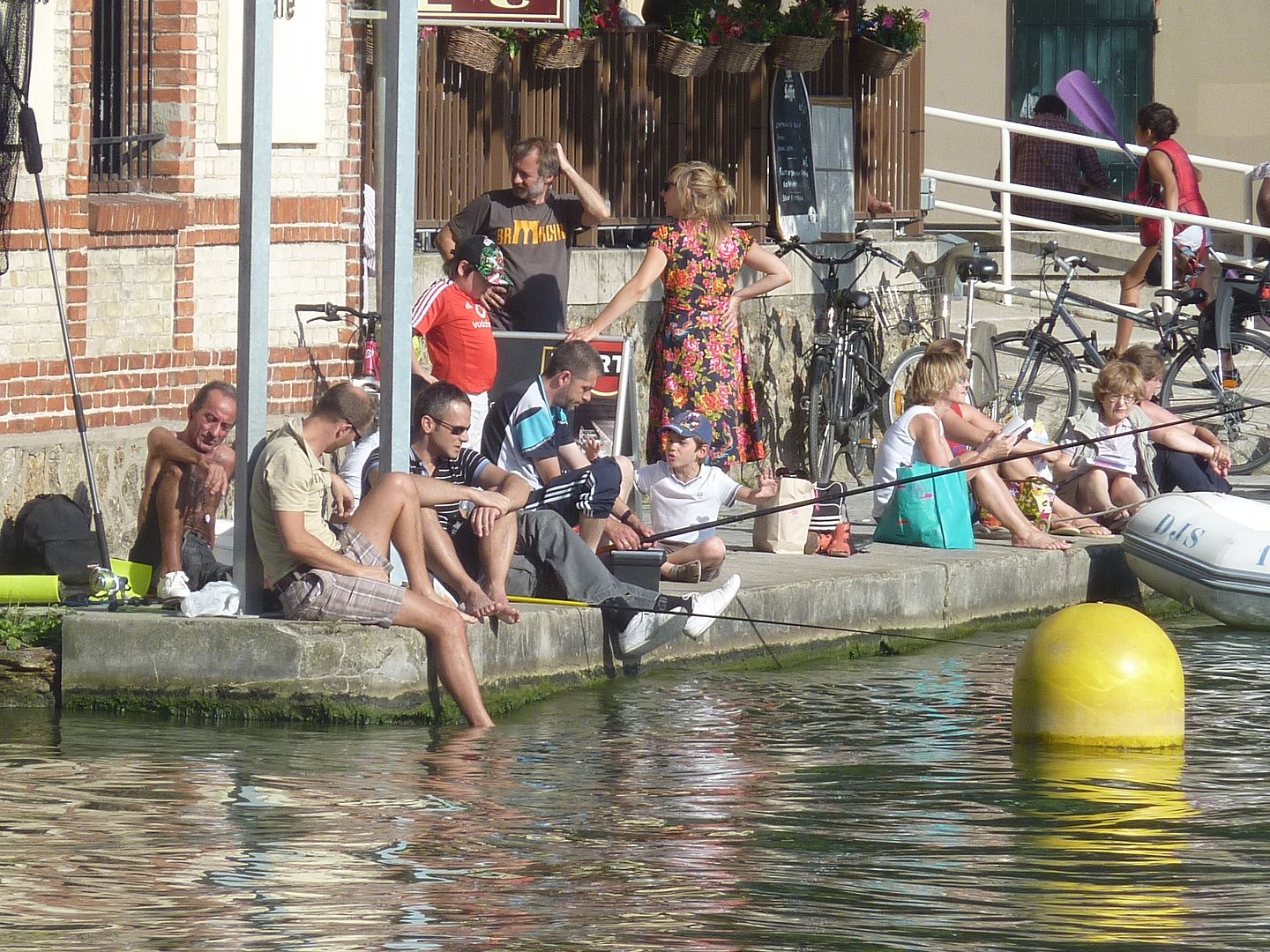
Okay, back to the Seine for a bit to show that it can be pleasant to hang out there in the evening.
But first I would like to show a totally non scenic bit (near Gare de Lyon) but which interests people anyway -- the road tunnels. It is really strange to walk in a road tunnel where no one was ever meant to be on foot. One great thing about them is for people who are afraid to ride bicycles in traffic.
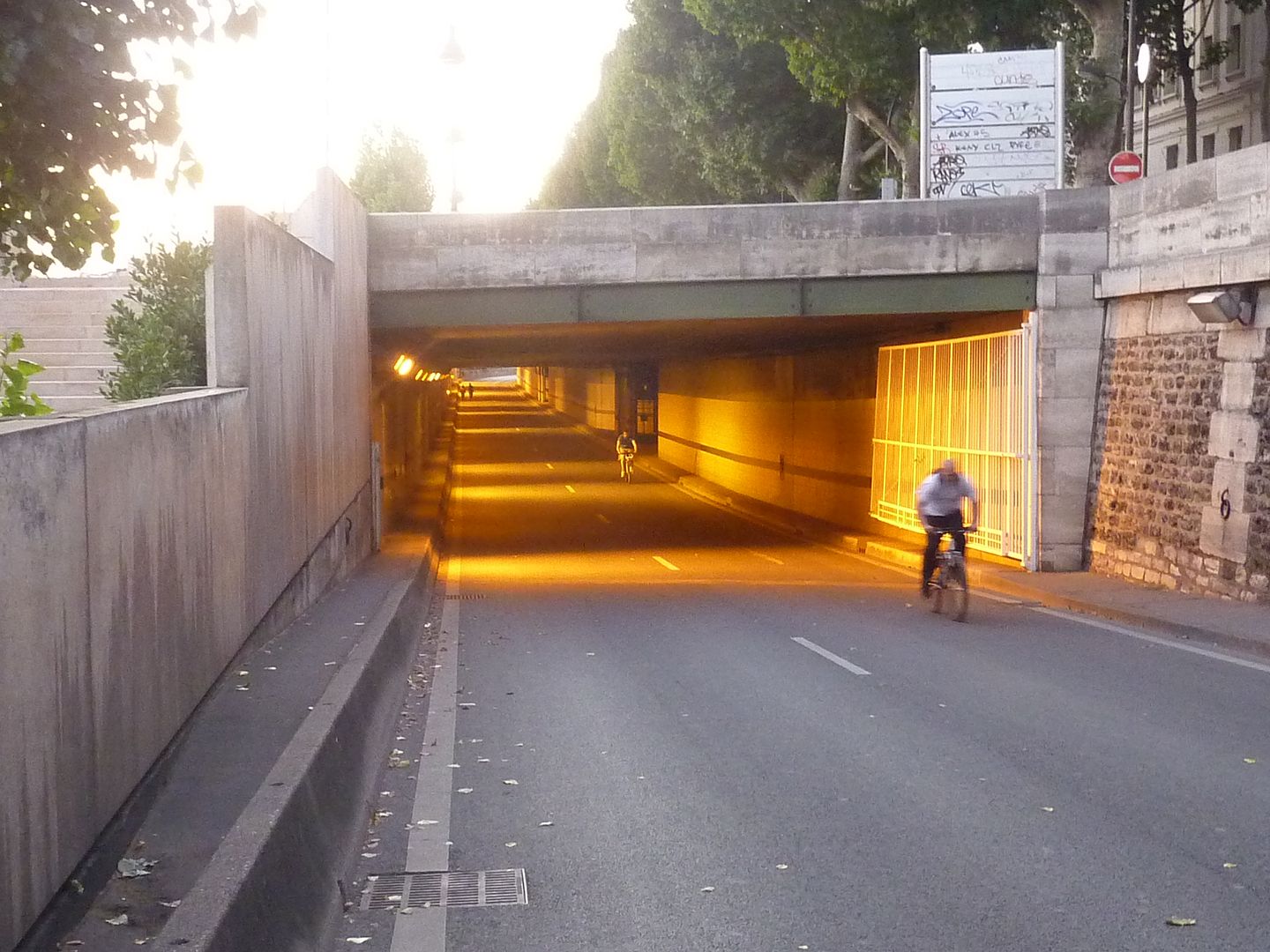
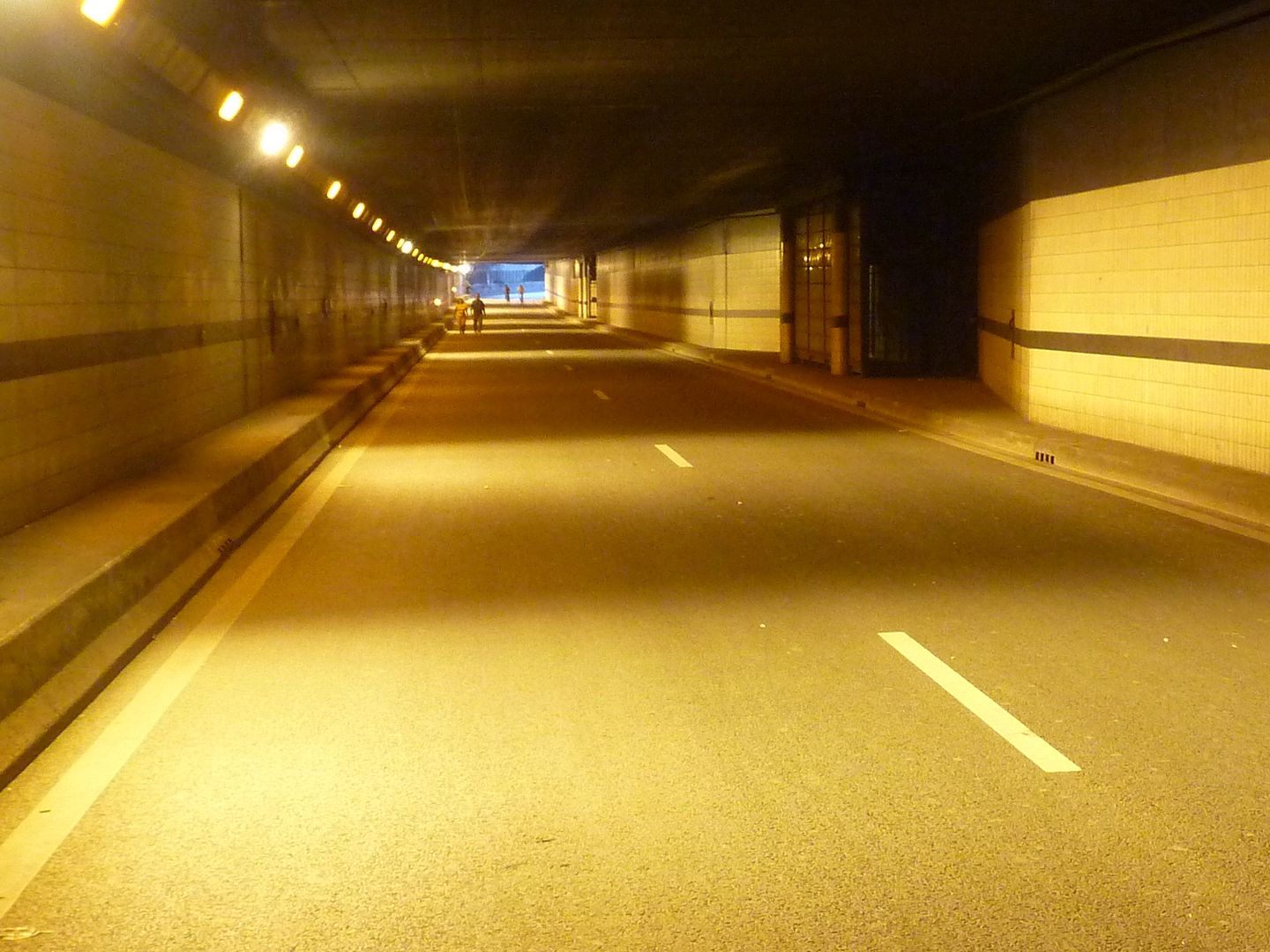
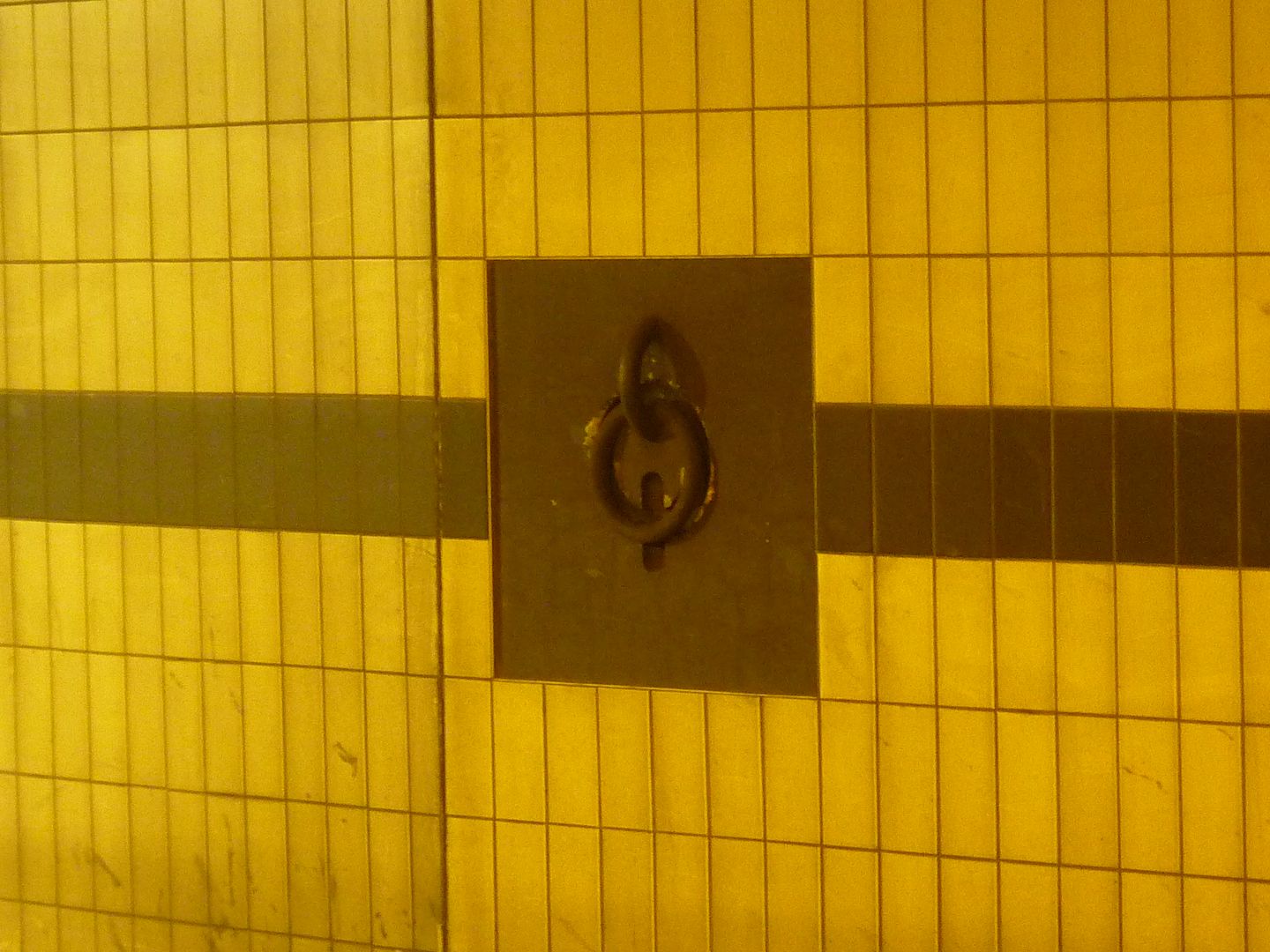 One interesting little thing that you can see in the tunnel are all of the mooring rings as you walk along. The Seine does not flood every year, but it does flood regularly, so places like this tunnel go underwater. The mooring rings are probably very useful for the maintenance crews every 3 or 4 years.
One interesting little thing that you can see in the tunnel are all of the mooring rings as you walk along. The Seine does not flood every year, but it does flood regularly, so places like this tunnel go underwater. The mooring rings are probably very useful for the maintenance crews every 3 or 4 years.
Sitting along the Seine at dusk is a lovely experience, touristy or not. Nobody will ever deny that.
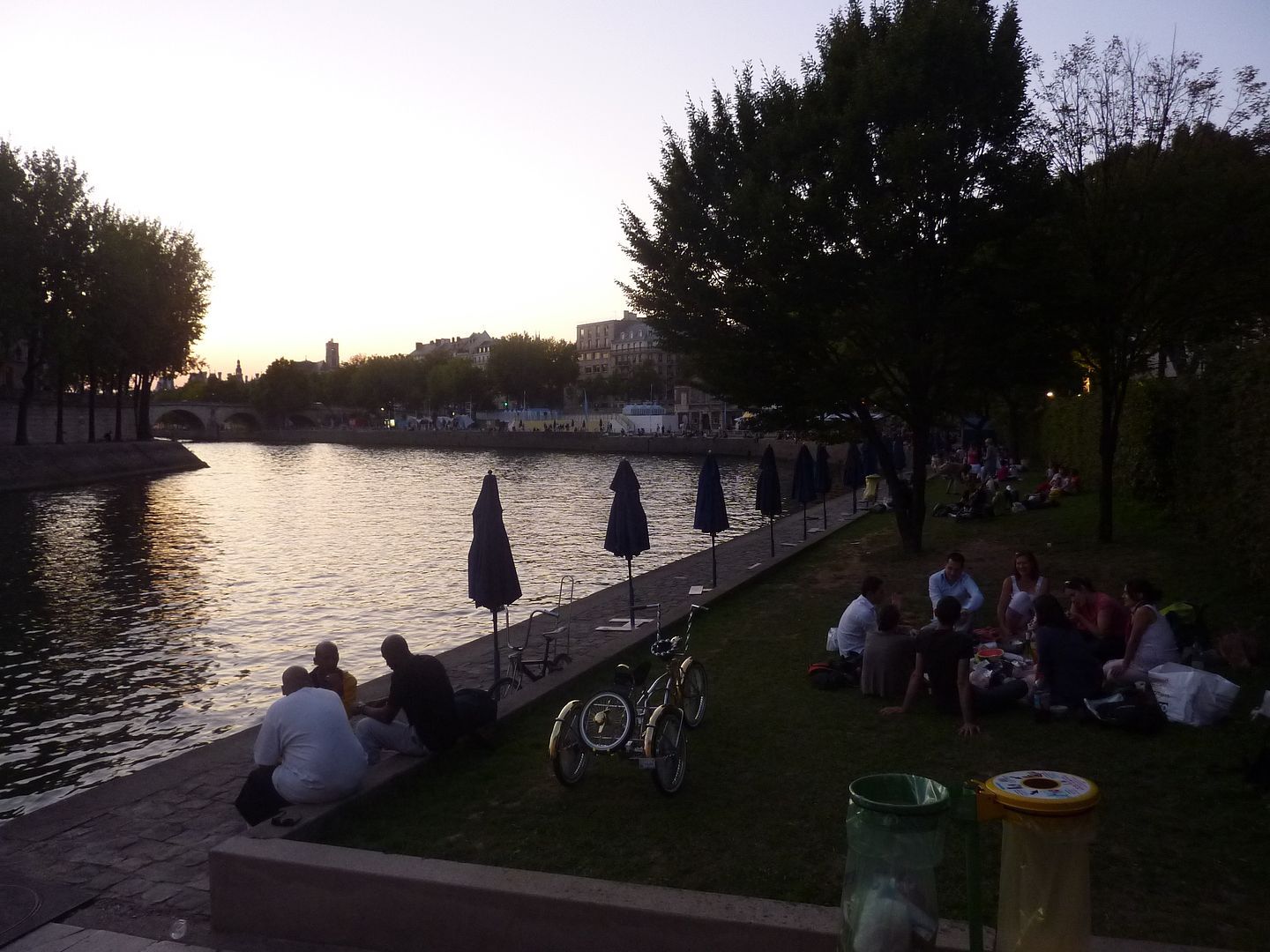
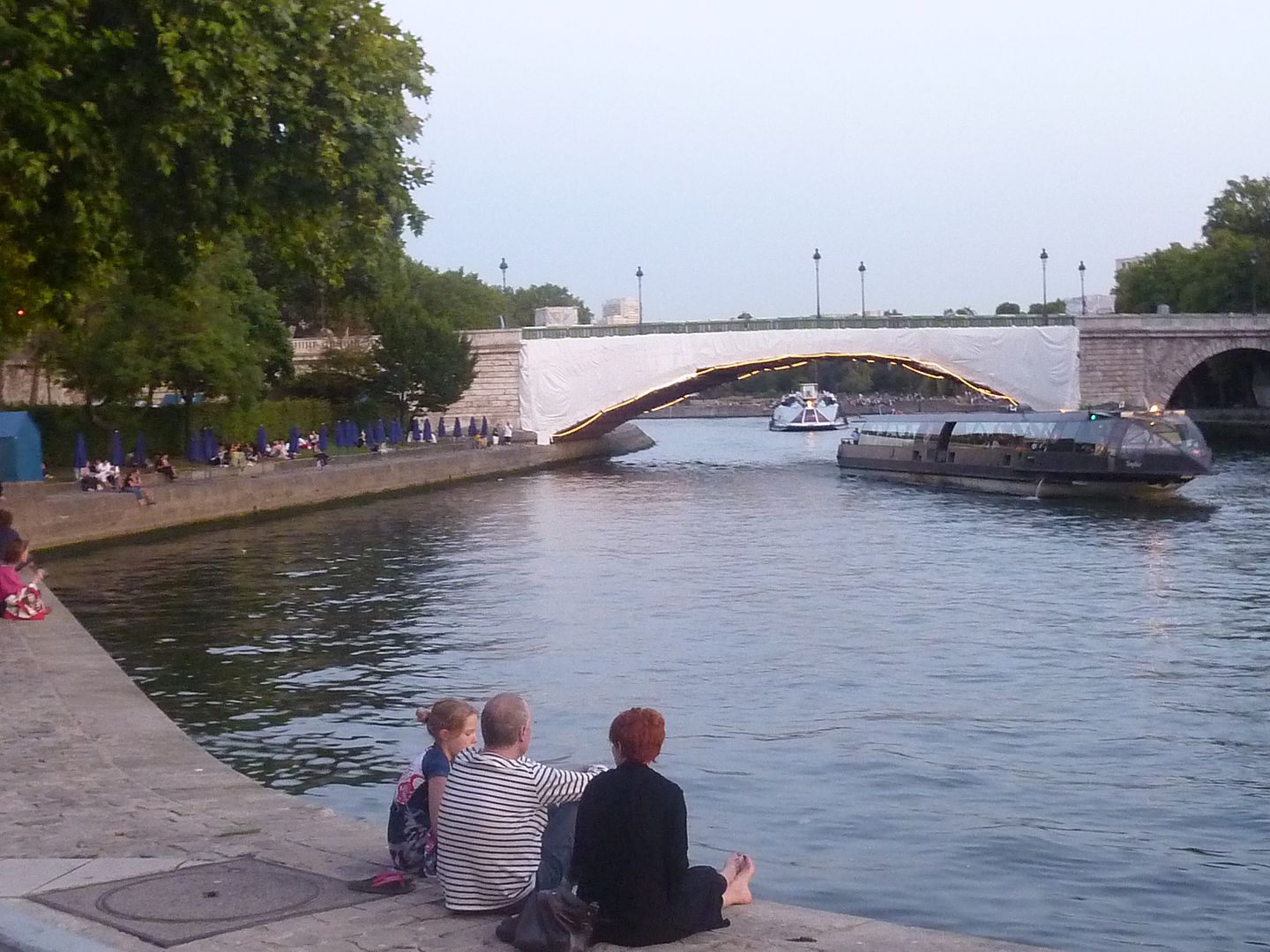
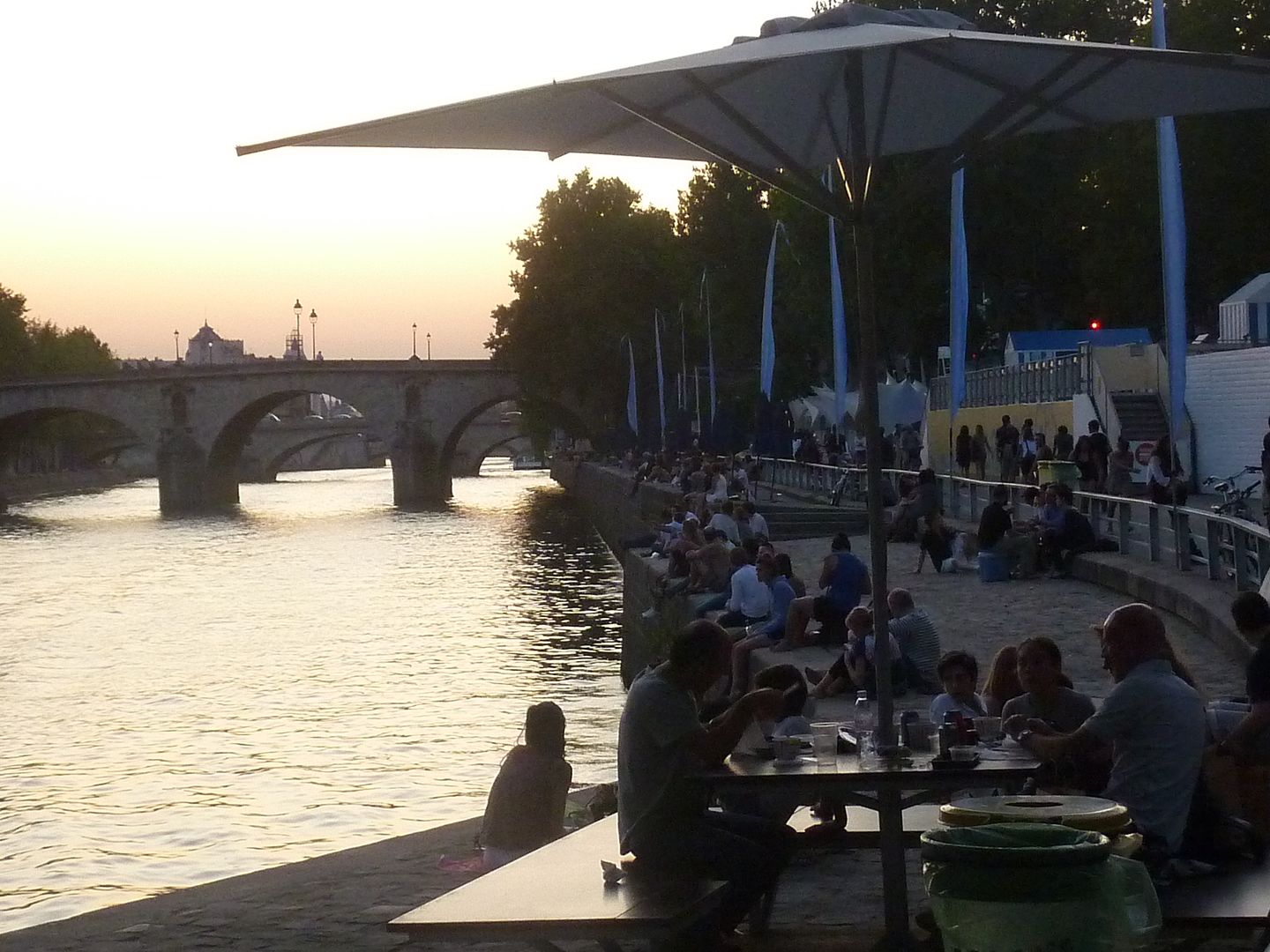
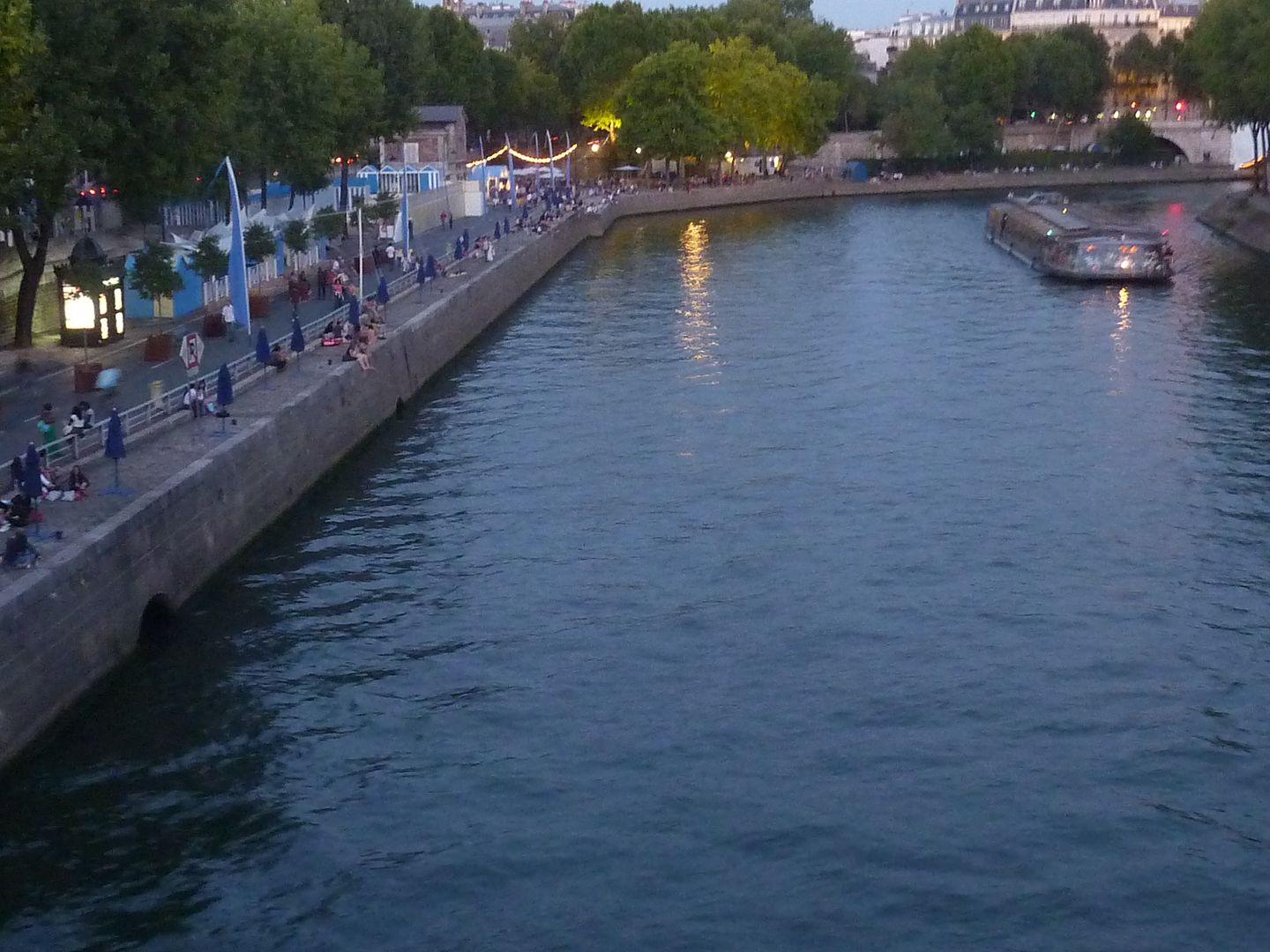
The little café-restaurants that have been set up are a delight. I don't know if the food is worth it or not, but I doubt that most people go away disappointed from the experience.
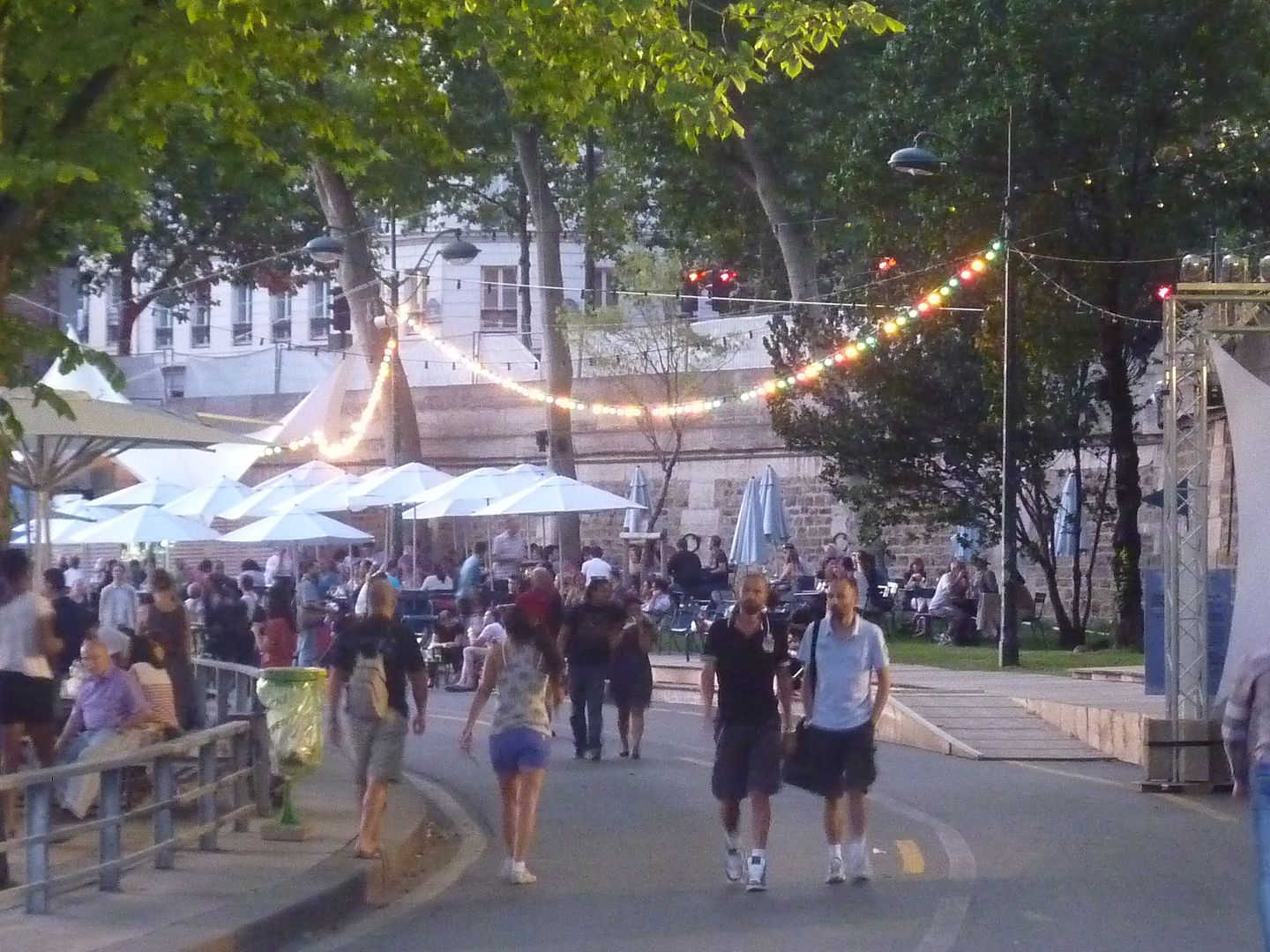
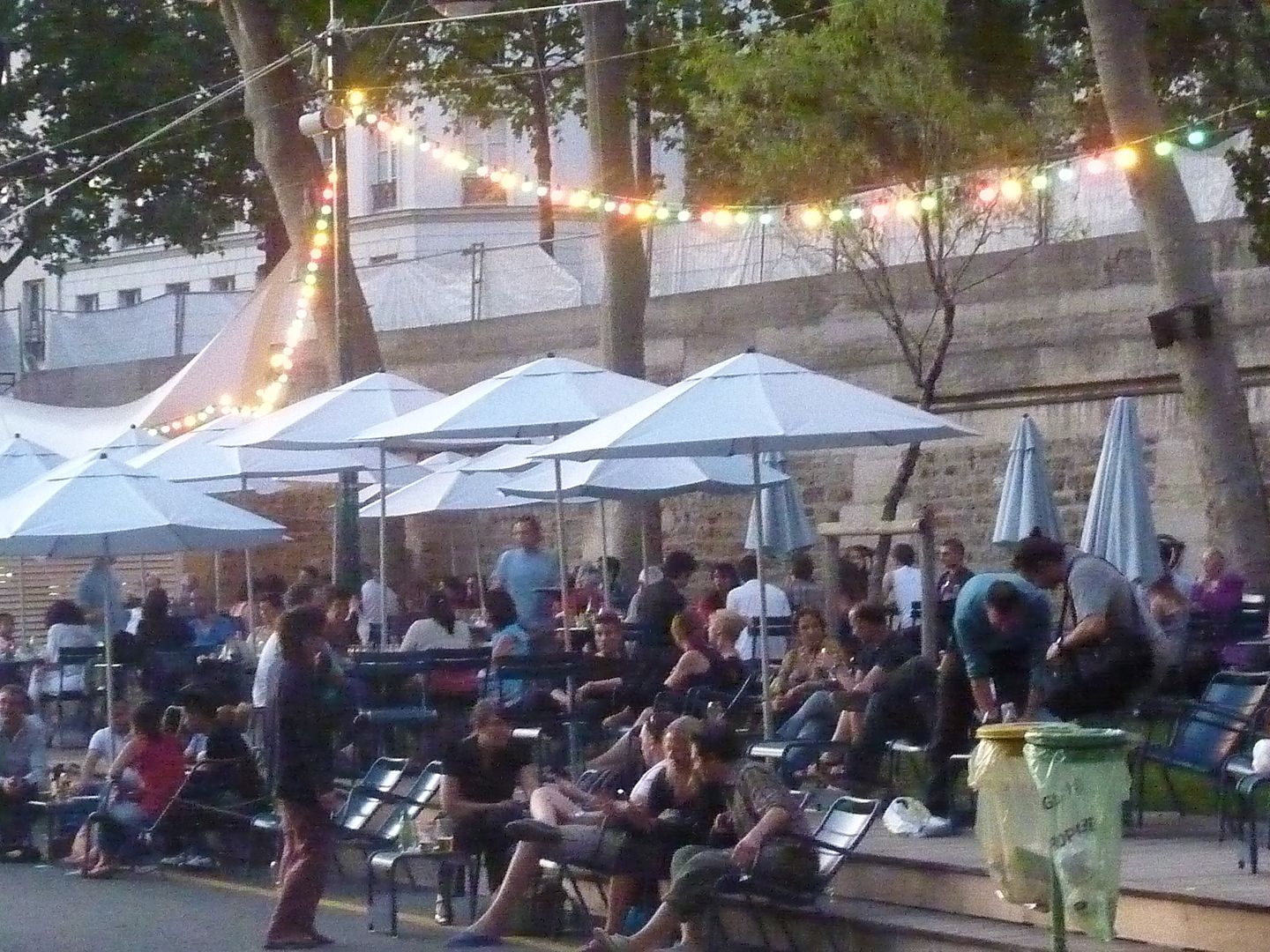
I crossed over to Ile Saint Louis as darkness settled, and it looked even nicer from across the water.
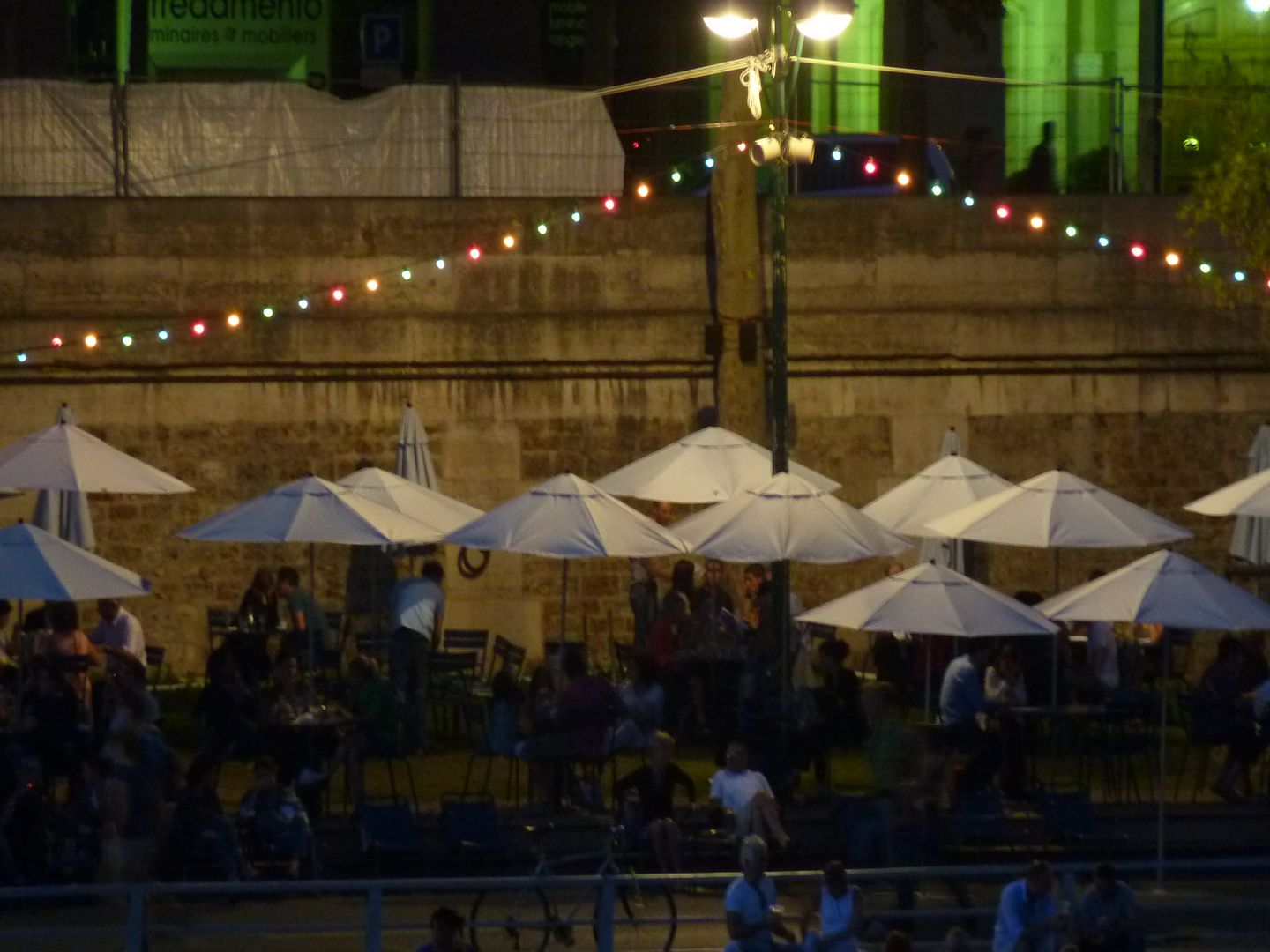
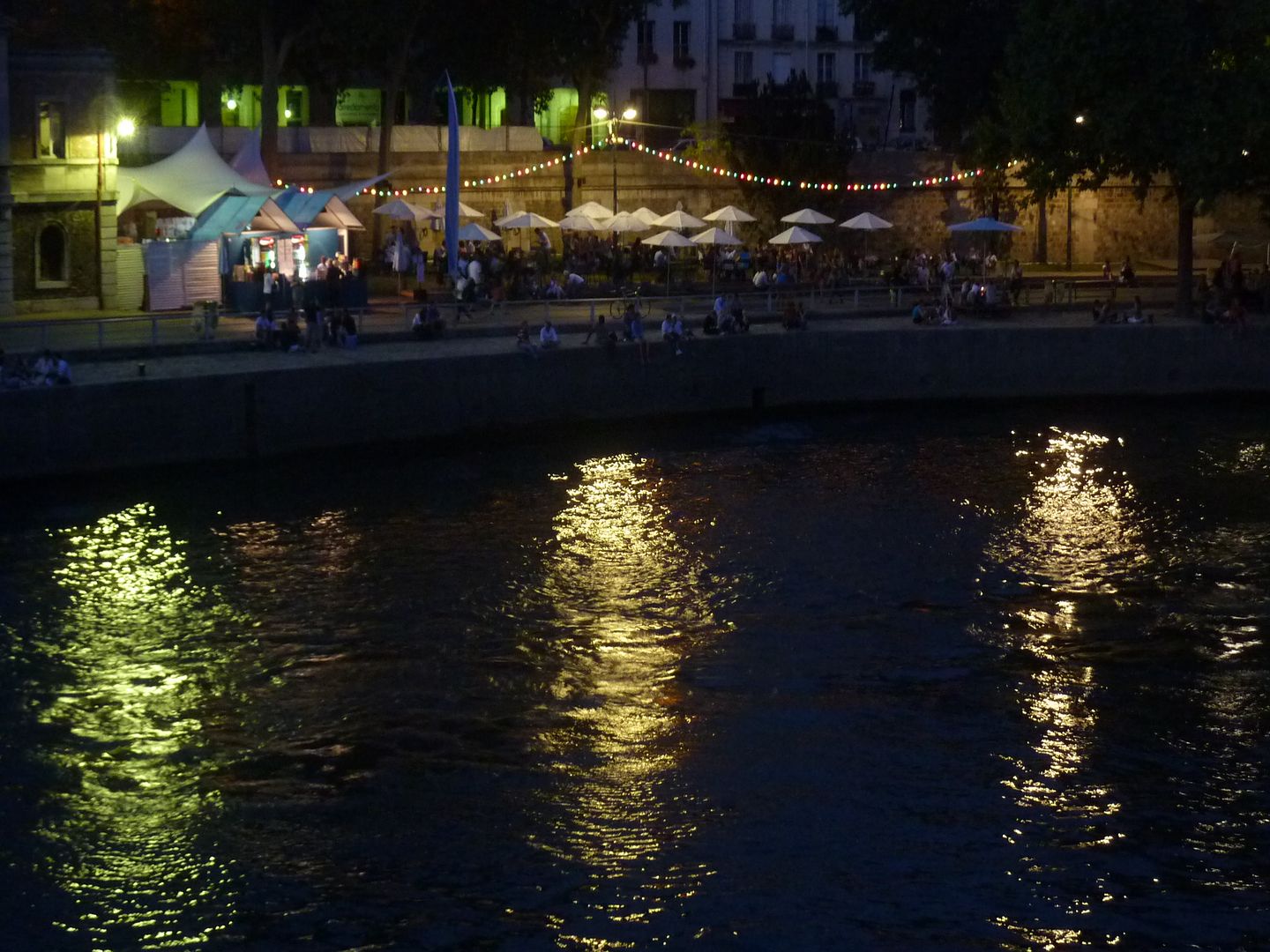


The city has finally taken the decision that in a few years, the expressways on both sides will be dismantled or radically transformed. On the Left Bank, most of it will disappear to be replaced by parks and cafés. On the Right Bank (in the photos above), it will be transformed into an urban boulevard with traffic signals and crosswalks, because there will be facilities and playgrounds along the river. The 'Batobus' service will also be transformed and extended into a real transportation line extending to the suburbs rather than the dinky overpriced tourist service currently in place.


Anyway, I just checked out a very short section of Paris Plages last Sunday morning before the crowds arrived.








One of the sponsors this year operates a major amusement park in the suburbs.





I will try to return on another day, but frankly the part of Paris Plages along the Seine is not at all the most interesting. I decided to go take a look at the other section at the Bassin de la Villette in the afternoon.
The same afternoon, I went to the Bassin de la Villette, which is so much more lively. You can see that even before you arrive. This first group of people are waiting to take the seasonal ferry to Pantin, Bobigny and Aulnay-sous-Bois. It costs 1€. 2€ on Sunday. I absolutely must remember to take this before it ends at the end of August.

Here is one of the boats arriving for the next trip.


One of the attractions of this section of Paris Plages is that people actually get to go on the water, unlike the Seine.







Plenty of people were just relaxing.

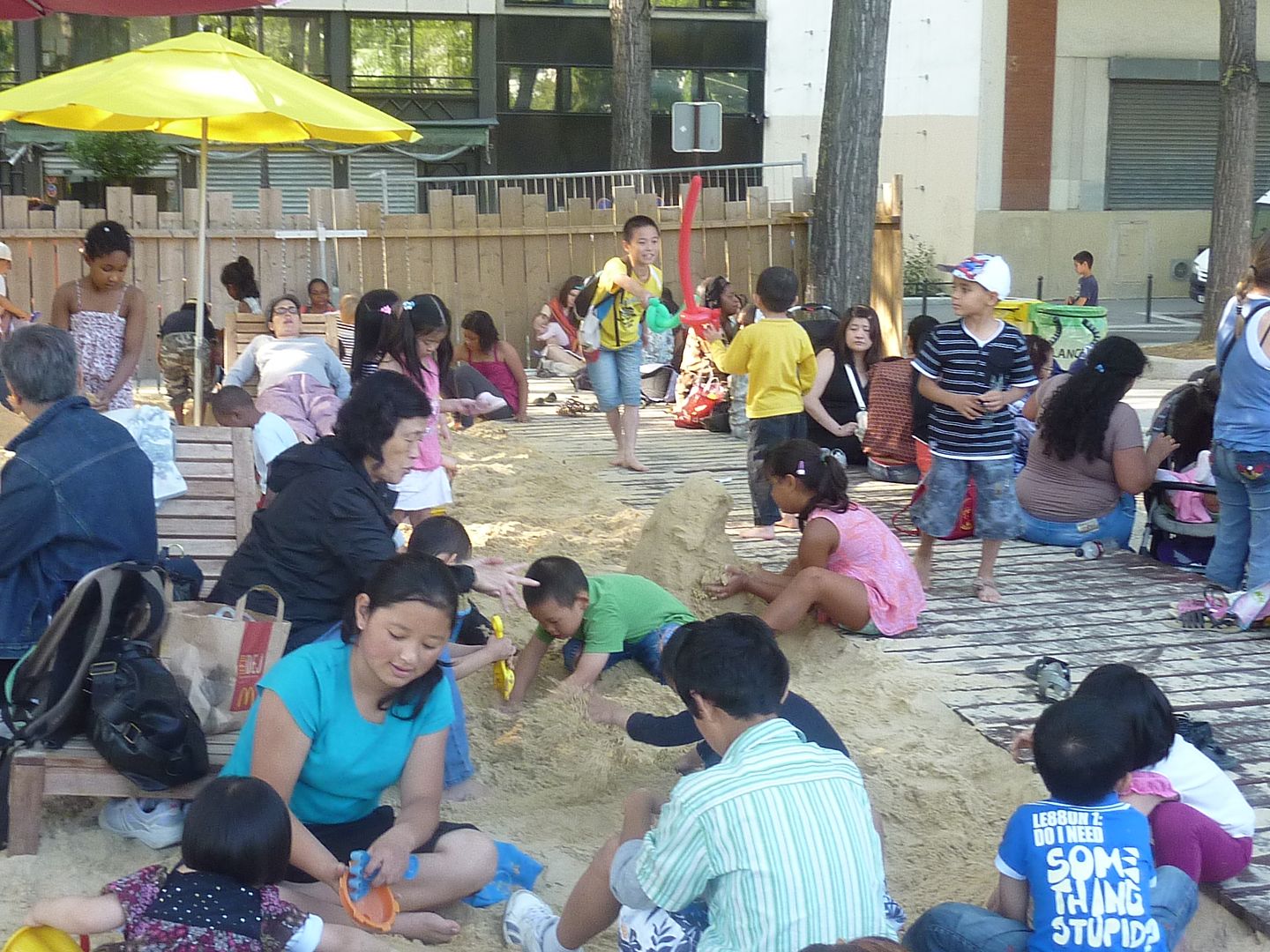
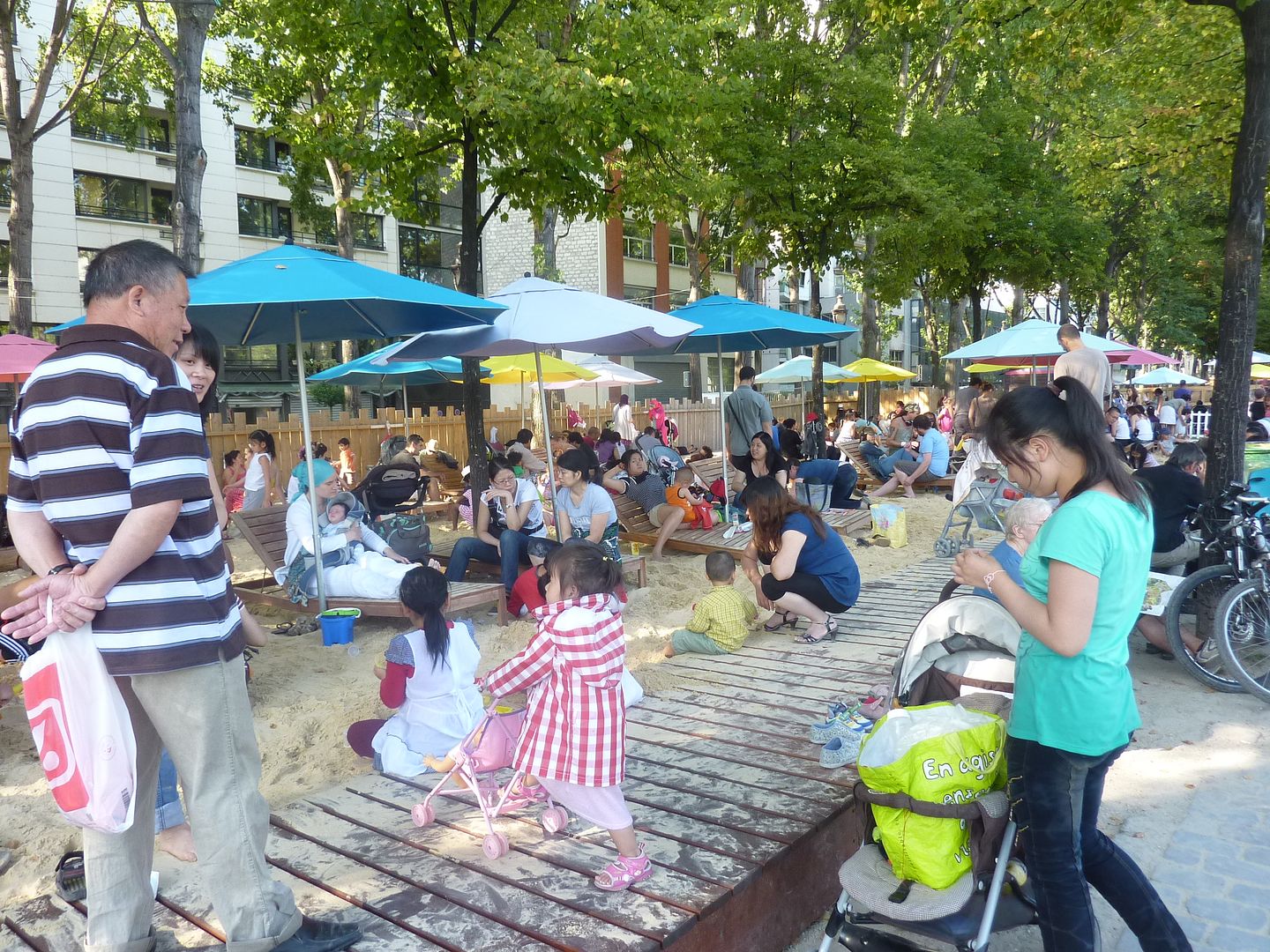



One frenzied area had a multitude of baby-foot tables. The Belgians call this game kicker and have the greatest number of world champions, though. Americans call it fussball for some reason, even though the official name is table football. Even though it was invented simultaneously in France and Germany around 1890, a clever Englishman thought to patent it in 1923. That is your cultural information for today. In any case, it is a pleasure to see that a manual non-electronic game is still so attractive to so many people.

There were also big zones for pétanque.

This is all a cover-up, though. Today I am going to reveal to you what Parisians really do when they know that there are no tourists watching. Believe me, you will never see this in front of Notre Dame, under the Eiffel Tower, or in the courtyard of the Louvre. I forbid anyone who ever sees this video from ever mentioning it to anybody.

July 31st was the first significantly warm day in a long time, so the children were delighted to play under the mist sprayers.





In case you are wondering where the little pink children are, well many of them are more fortunate than the Parisians who get left behind. Some of them are in St. Tropez or the Costa Brava, or maybe with their grandparents in Normandy. In fact that is the whole point of Paris Plages, which is not a tourist operation at all. It is to provide a free holiday atmosphere for families that do not have the means to go anywhere out of the city.
Of course, everybody is welcome, but it is really essential for mothers with 4 or 5 kids to entertain until school starts again.



Oh, there are a few tourists anyway -- the very nice Holiday Inn Express is right here.

Just in case you want to eat right on the water in Paris... restaurants on both sides.


But just relaxing with your favorite activity is great, too.

Okay, back to the Seine for a bit to show that it can be pleasant to hang out there in the evening.
But first I would like to show a totally non scenic bit (near Gare de Lyon) but which interests people anyway -- the road tunnels. It is really strange to walk in a road tunnel where no one was ever meant to be on foot. One great thing about them is for people who are afraid to ride bicycles in traffic.



Sitting along the Seine at dusk is a lovely experience, touristy or not. Nobody will ever deny that.




The little café-restaurants that have been set up are a delight. I don't know if the food is worth it or not, but I doubt that most people go away disappointed from the experience.


I crossed over to Ile Saint Louis as darkness settled, and it looked even nicer from across the water.




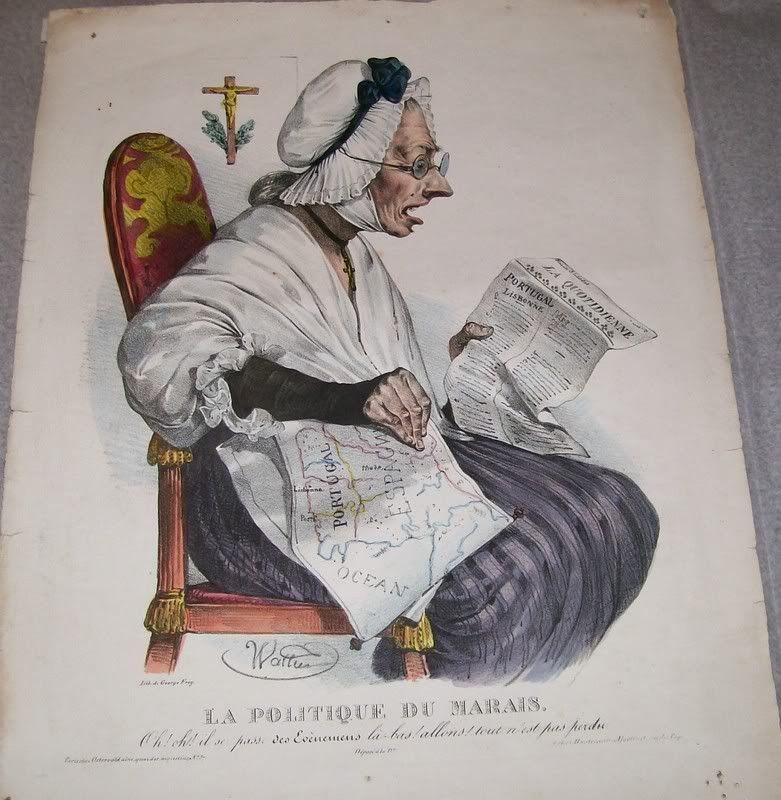






 Let the riot begin! LOL -
Let the riot begin! LOL -  hahahha
hahahha